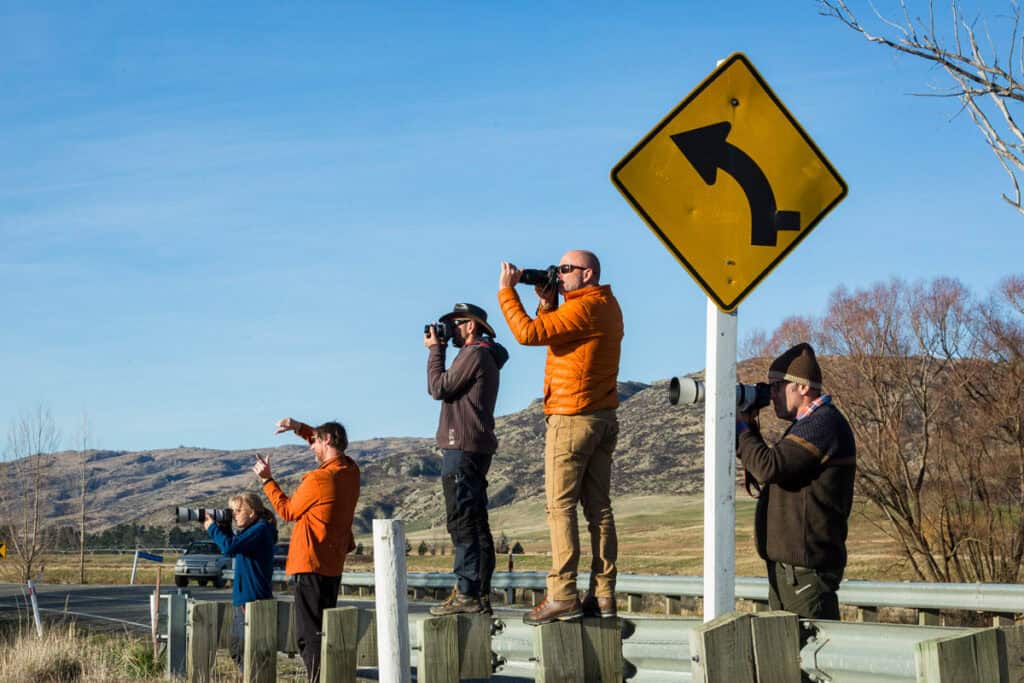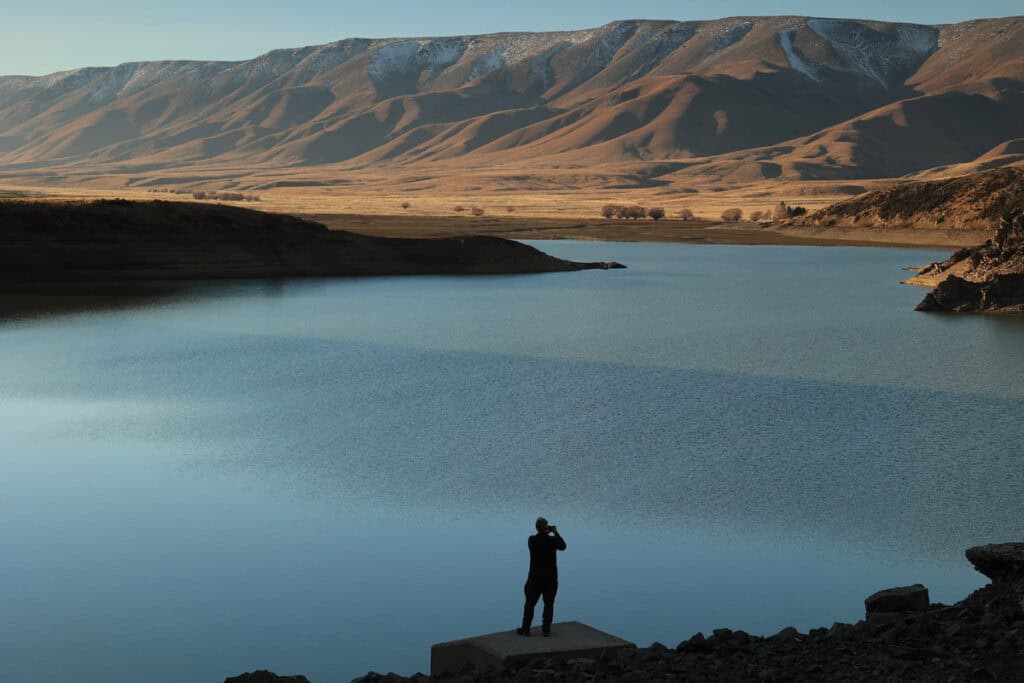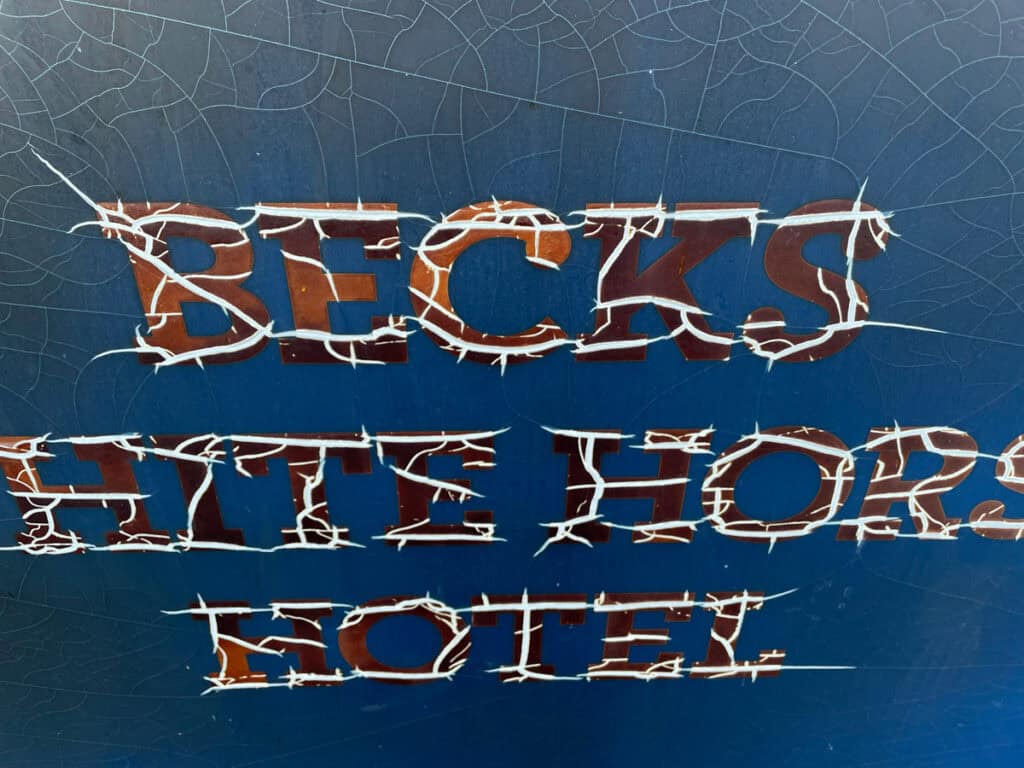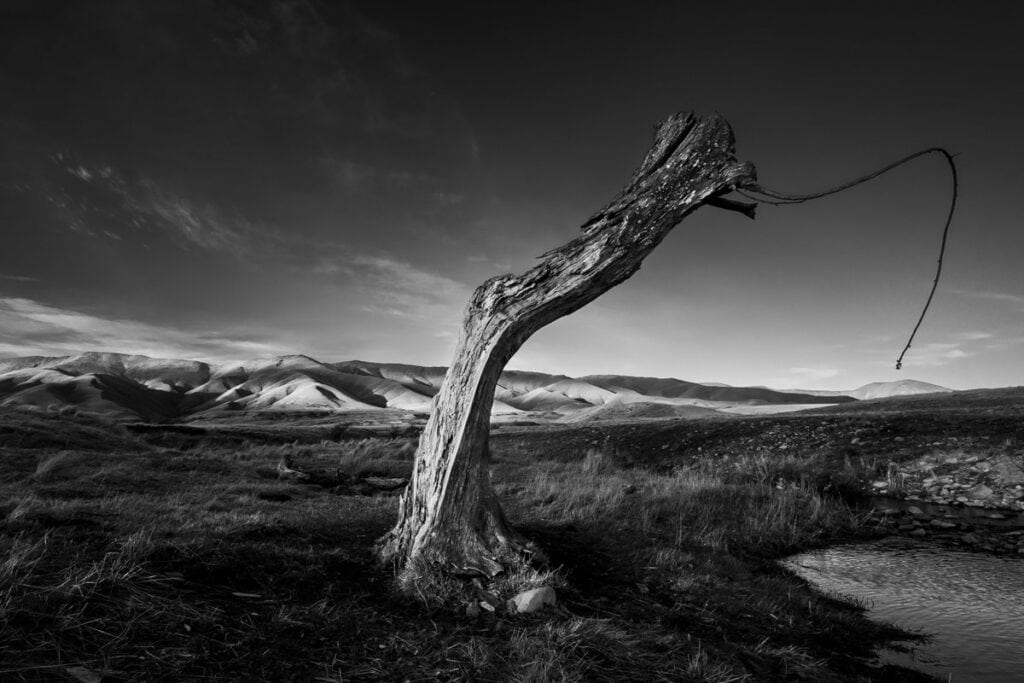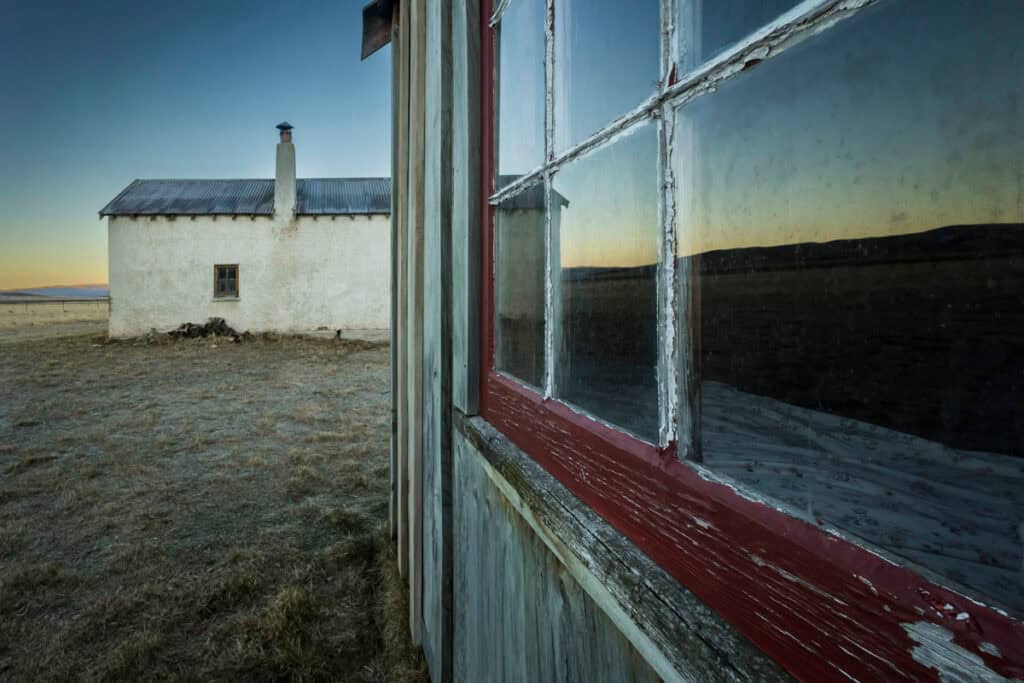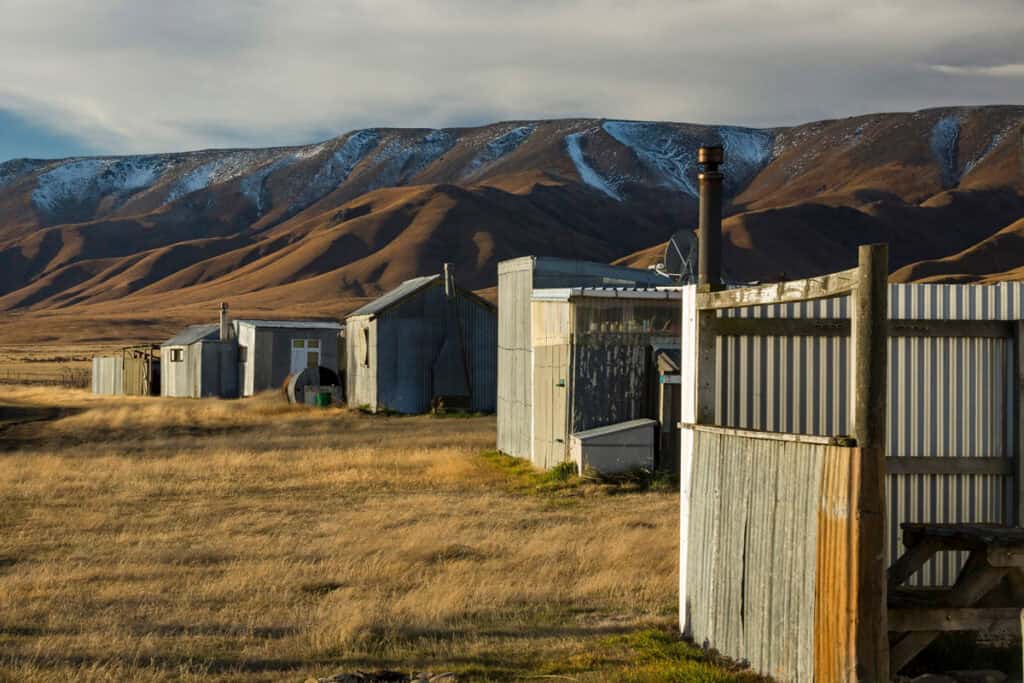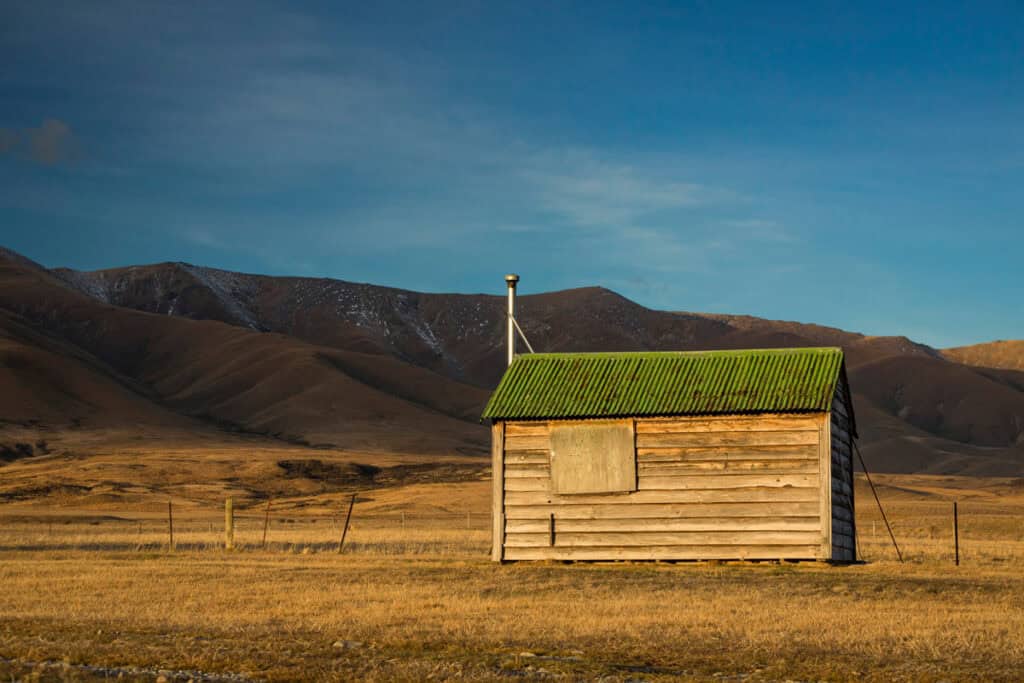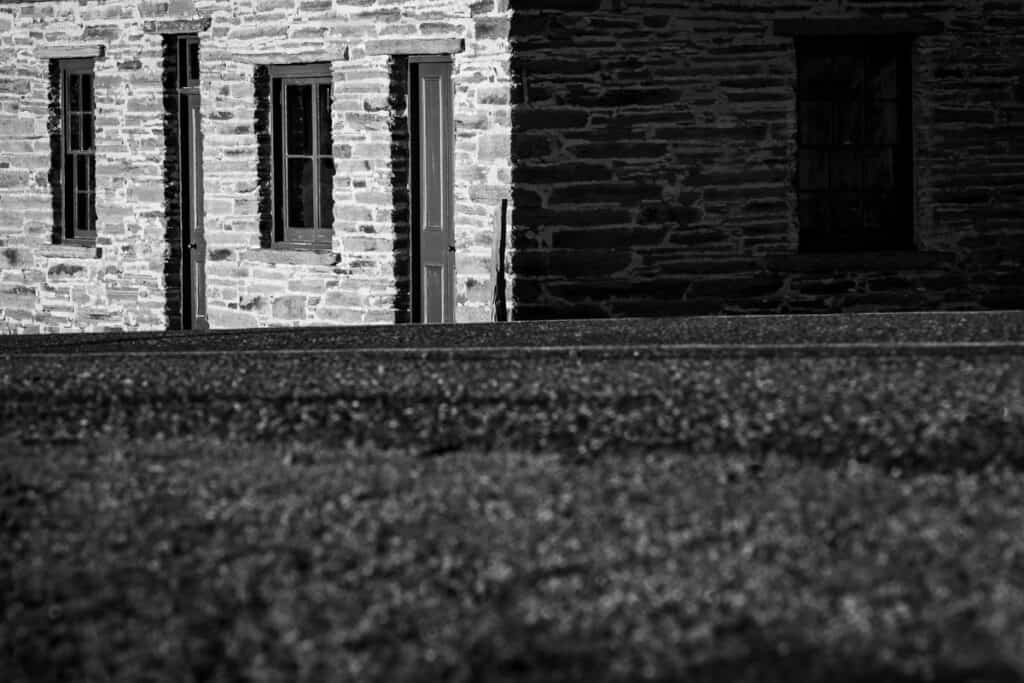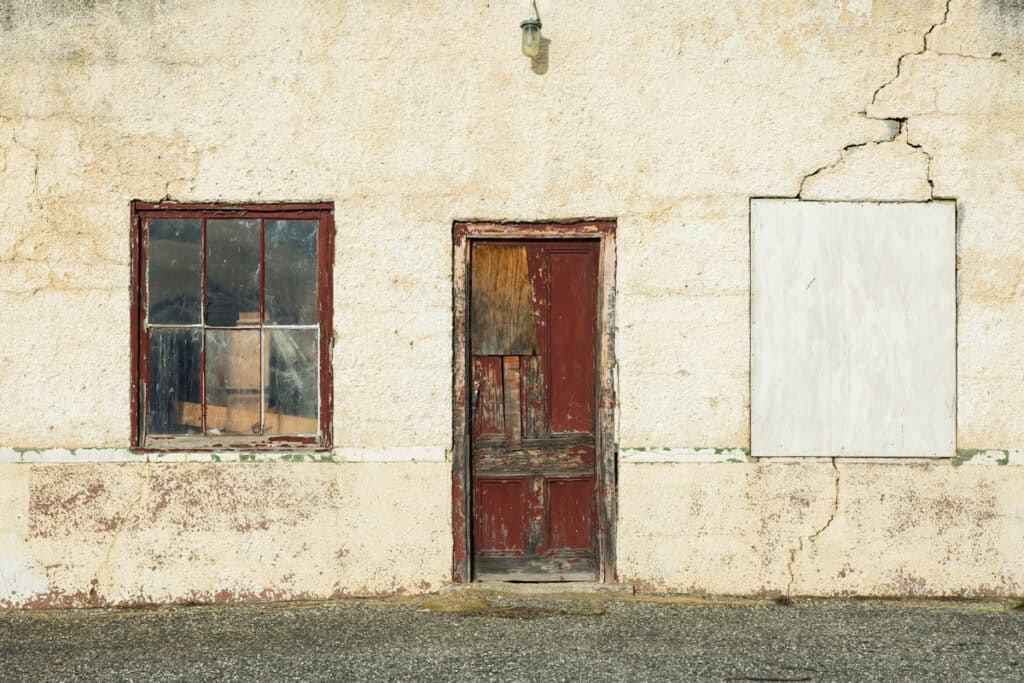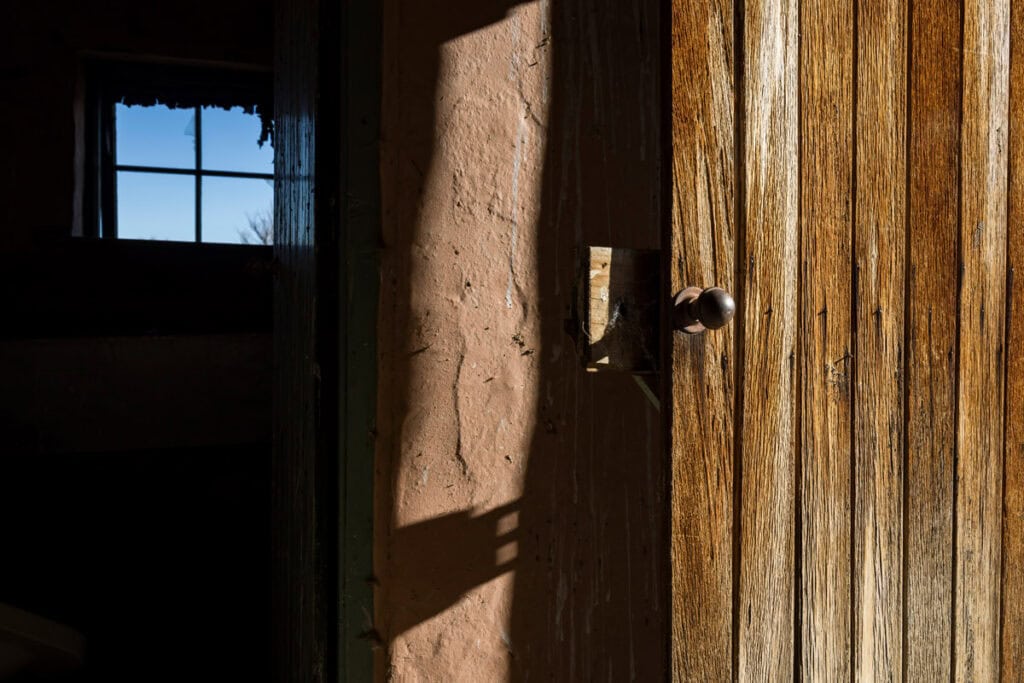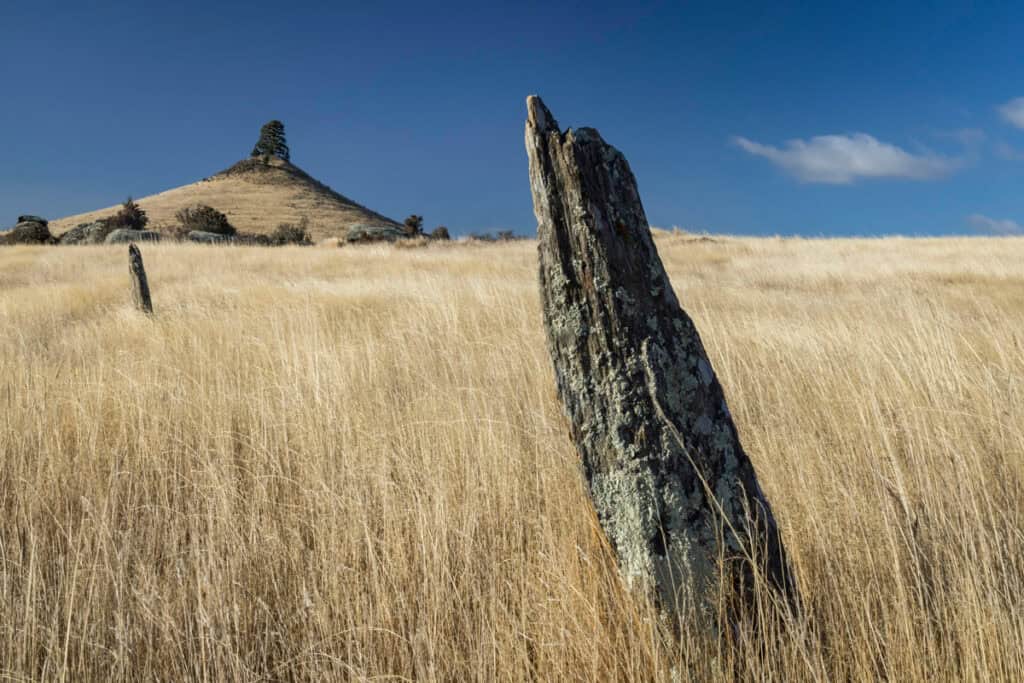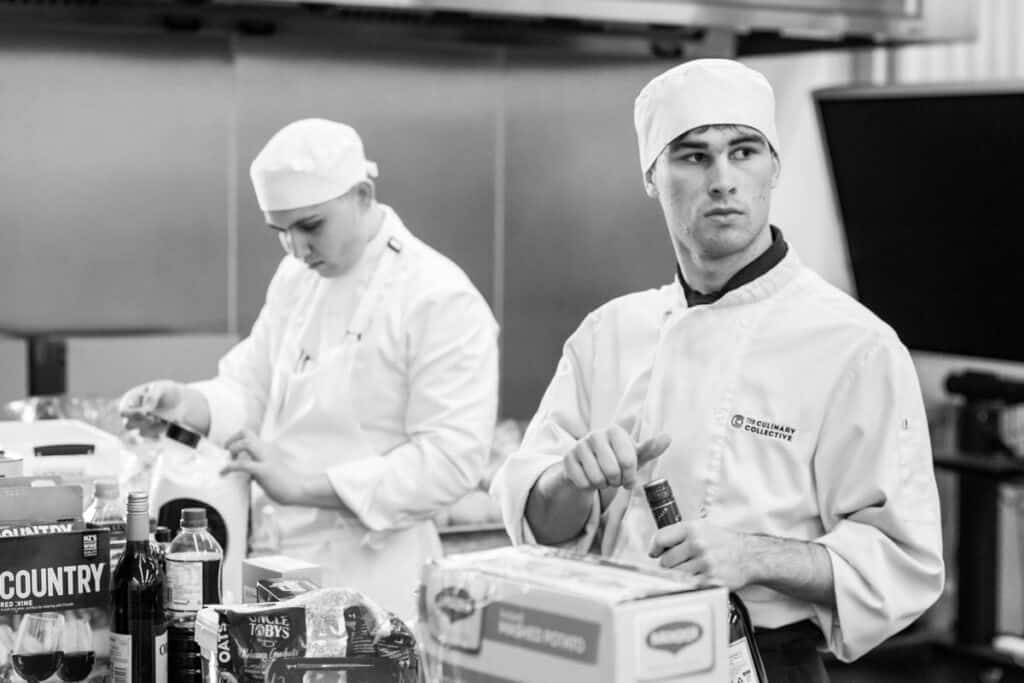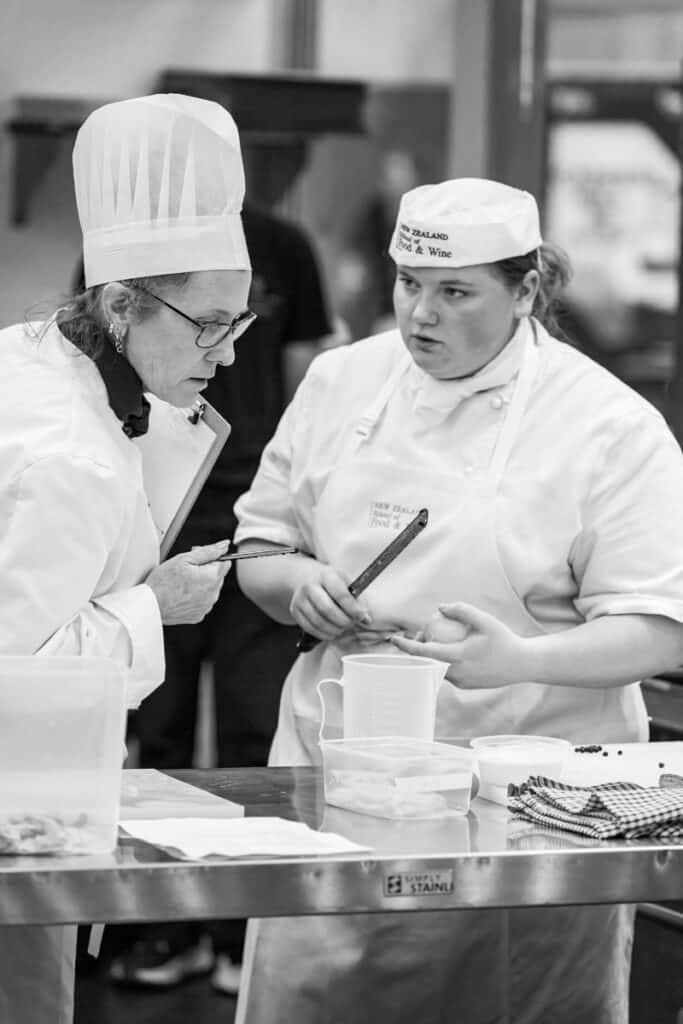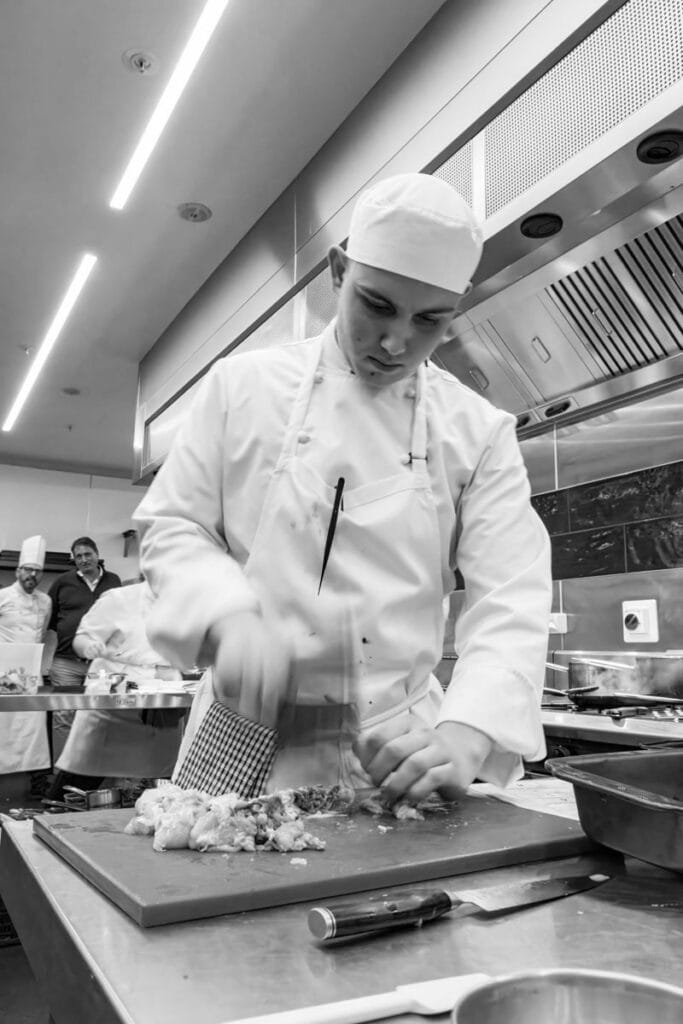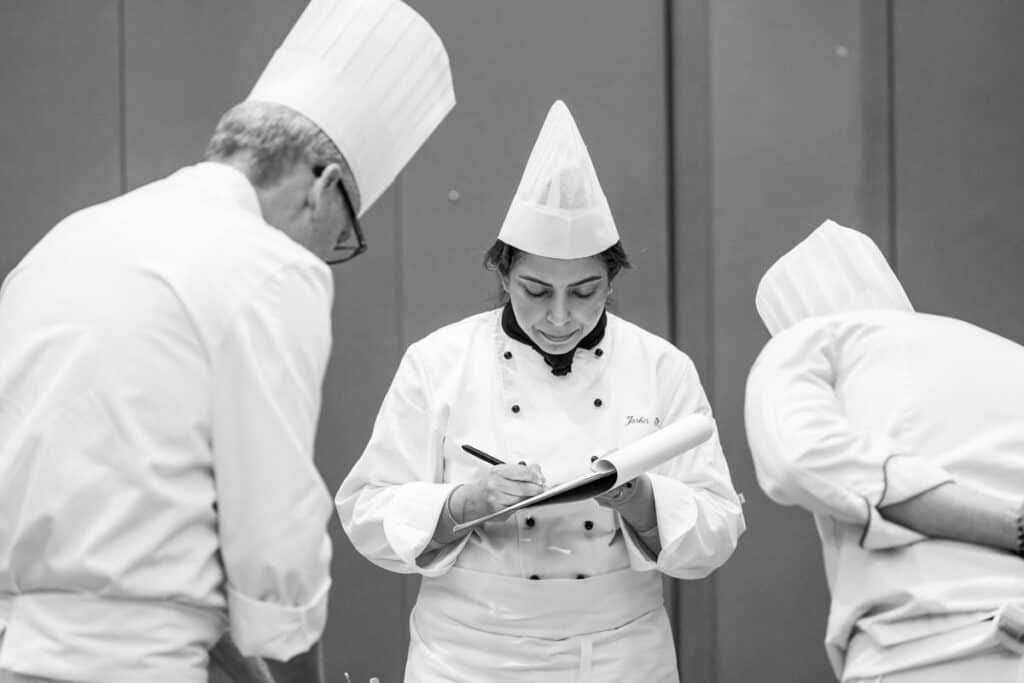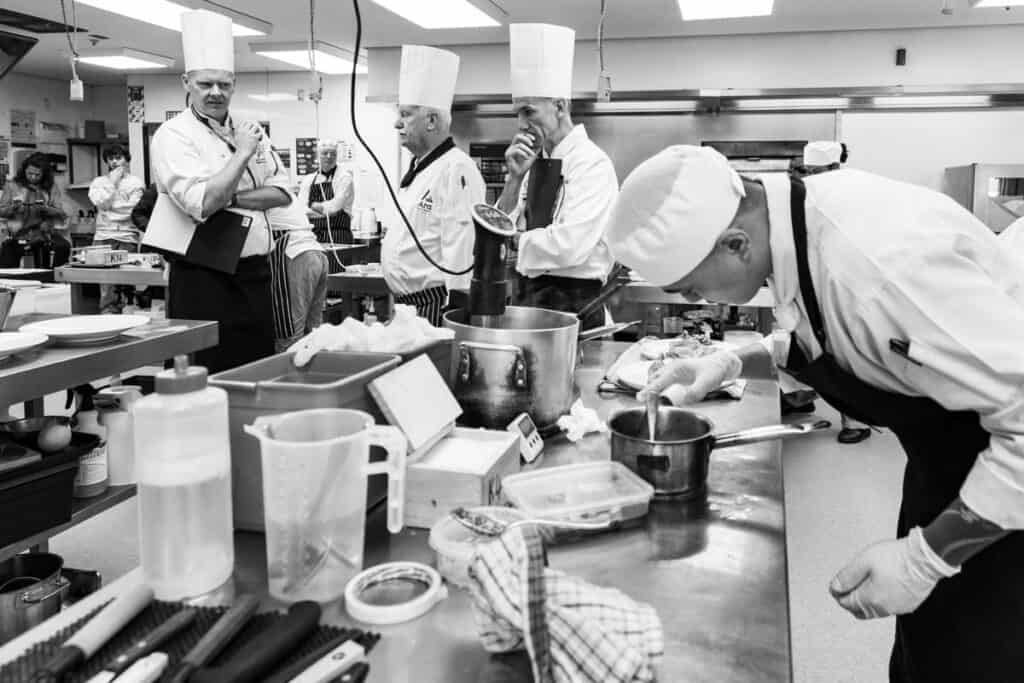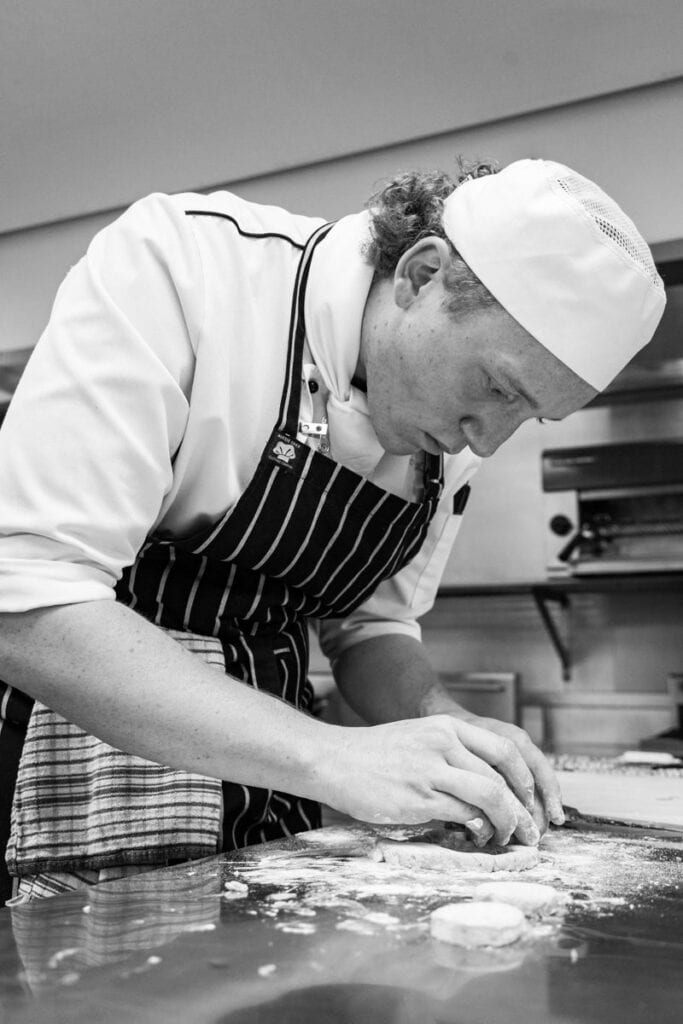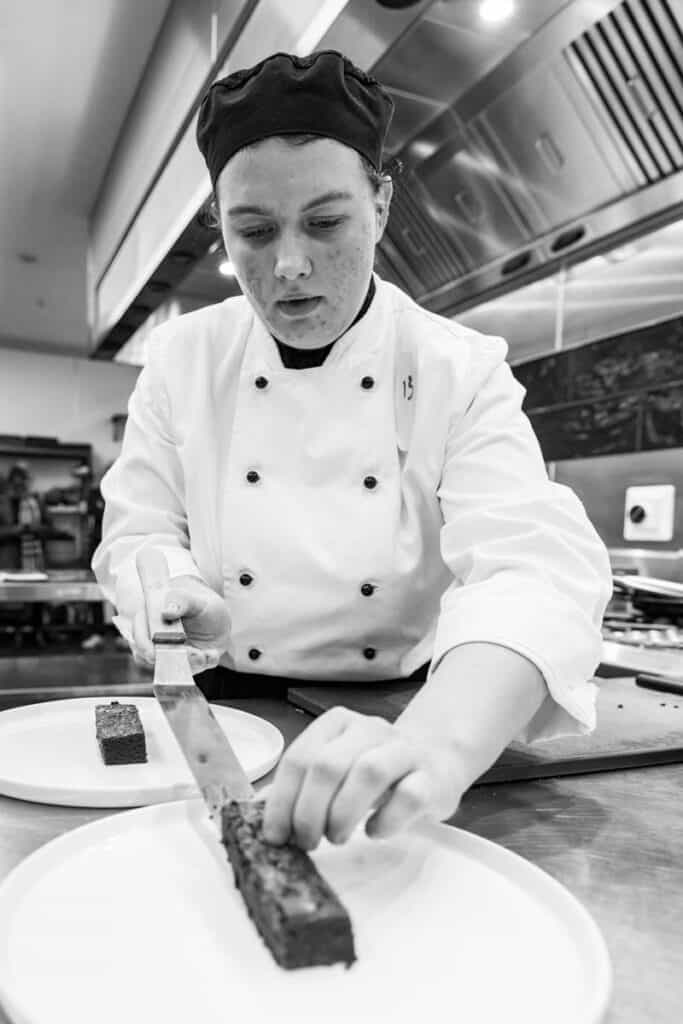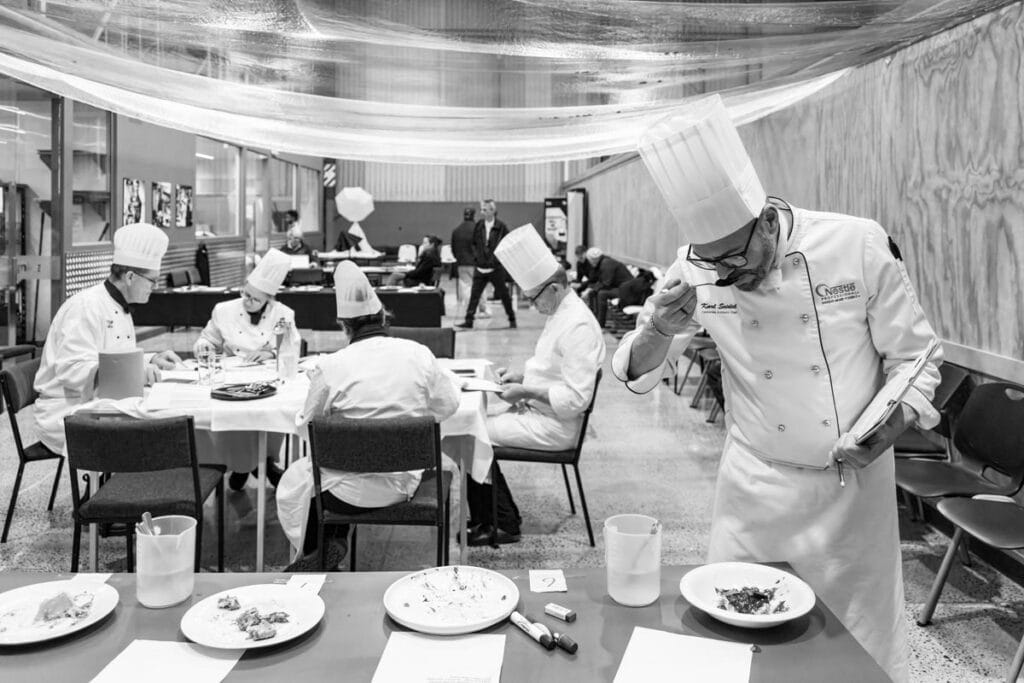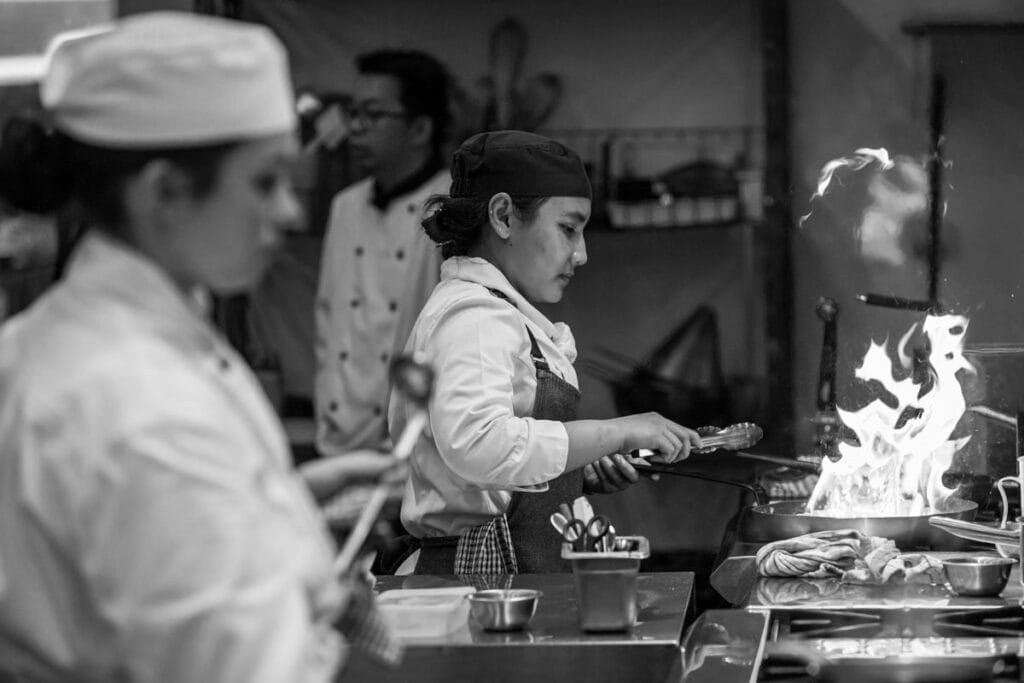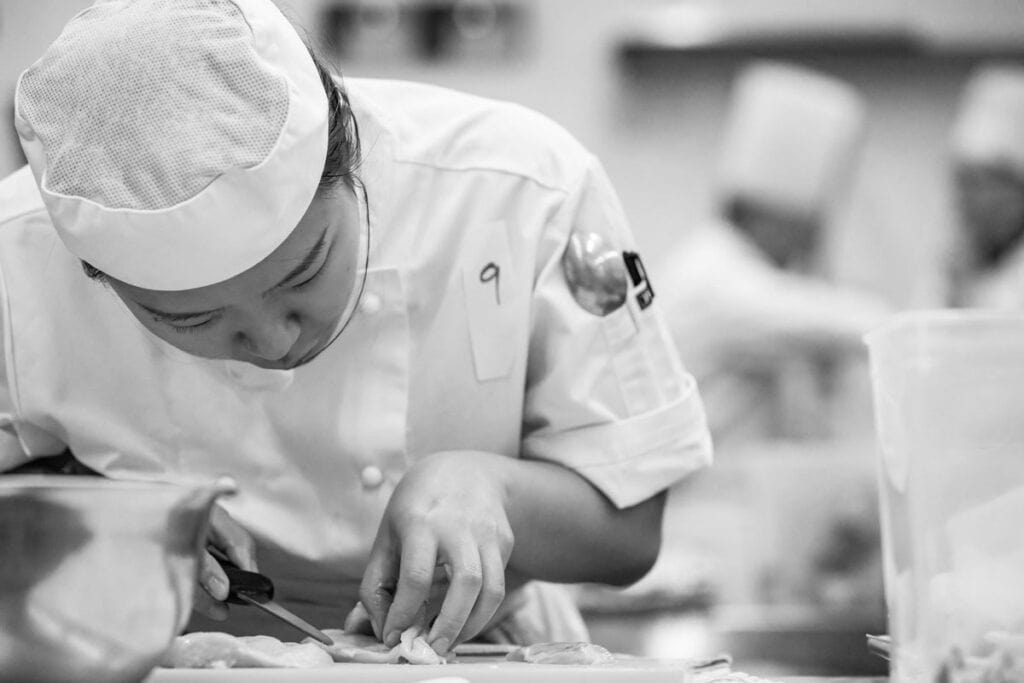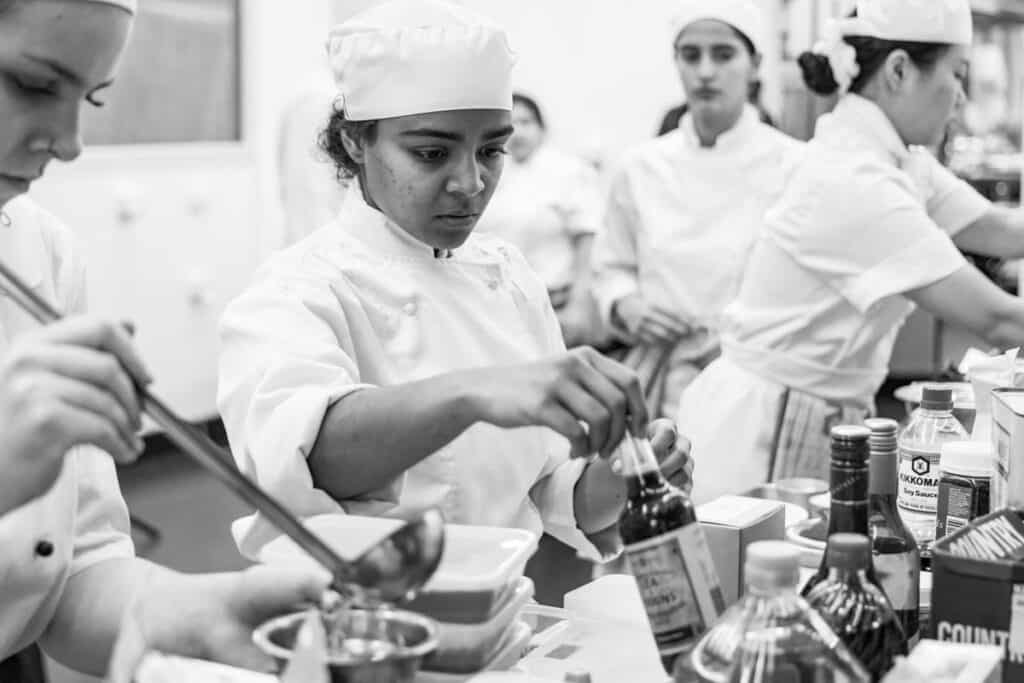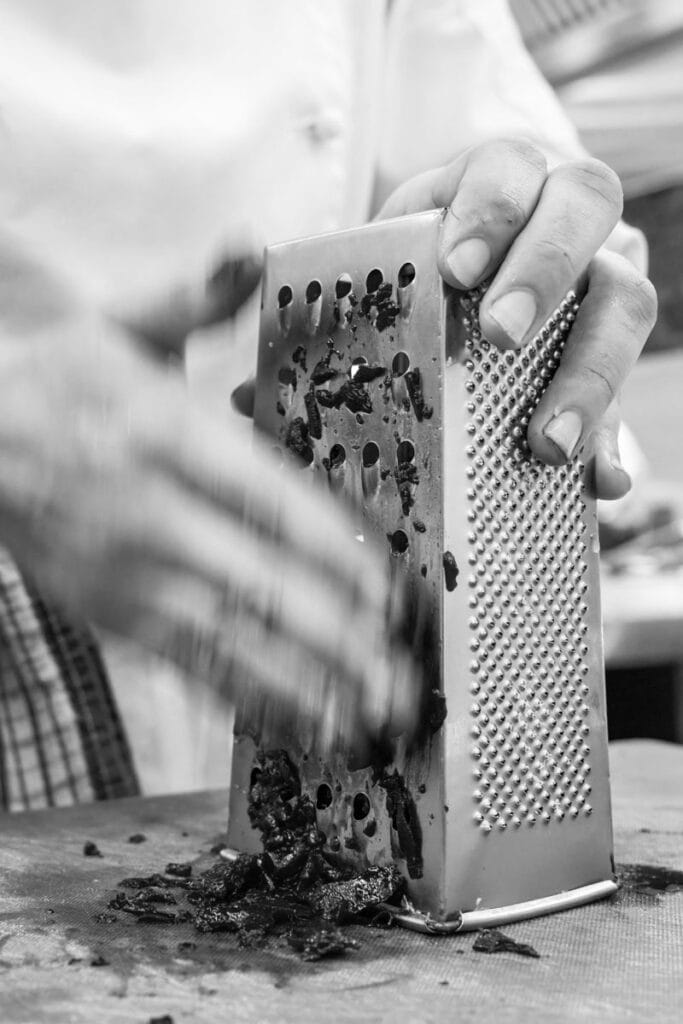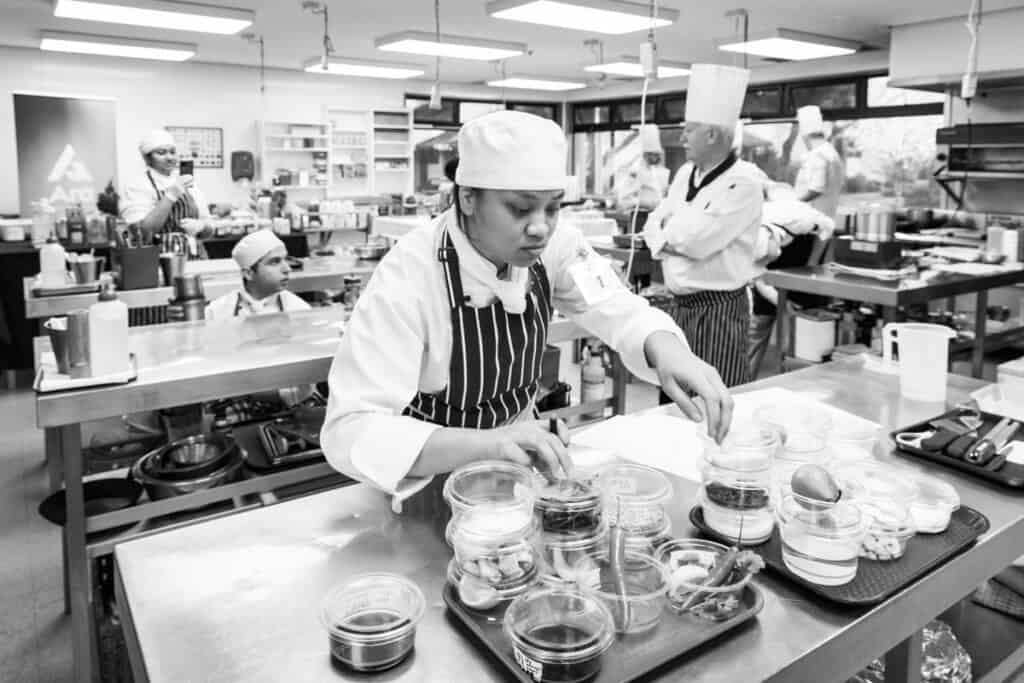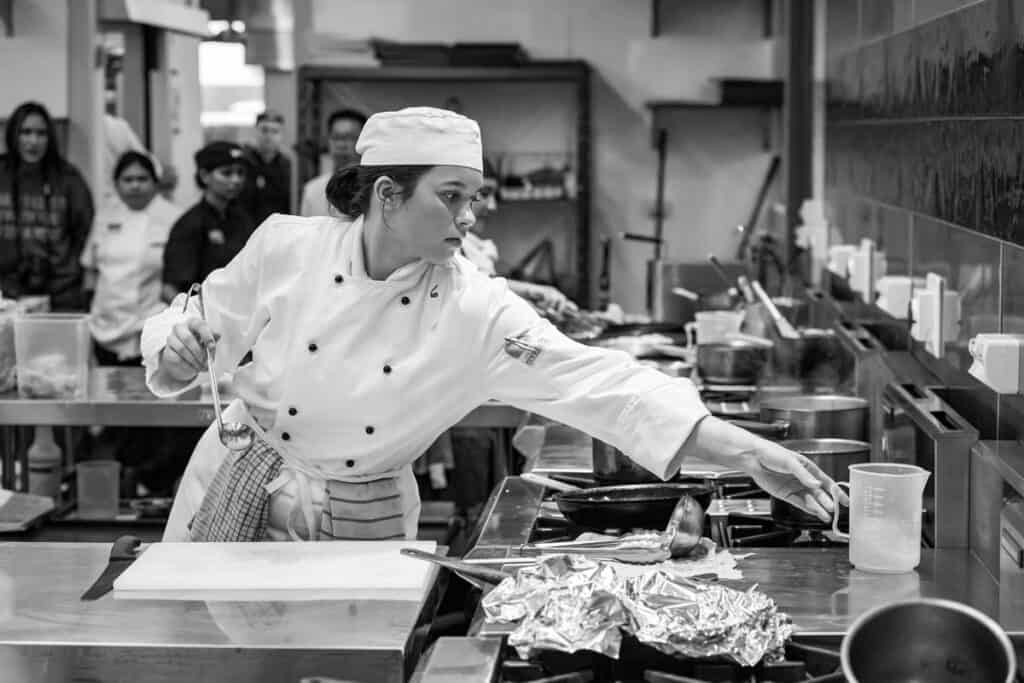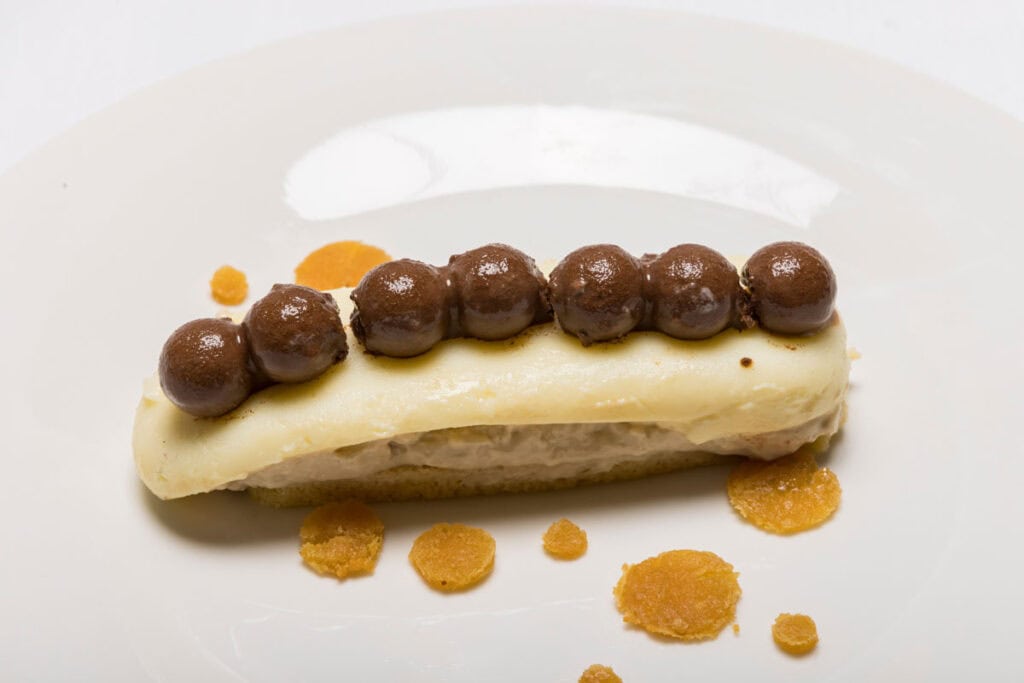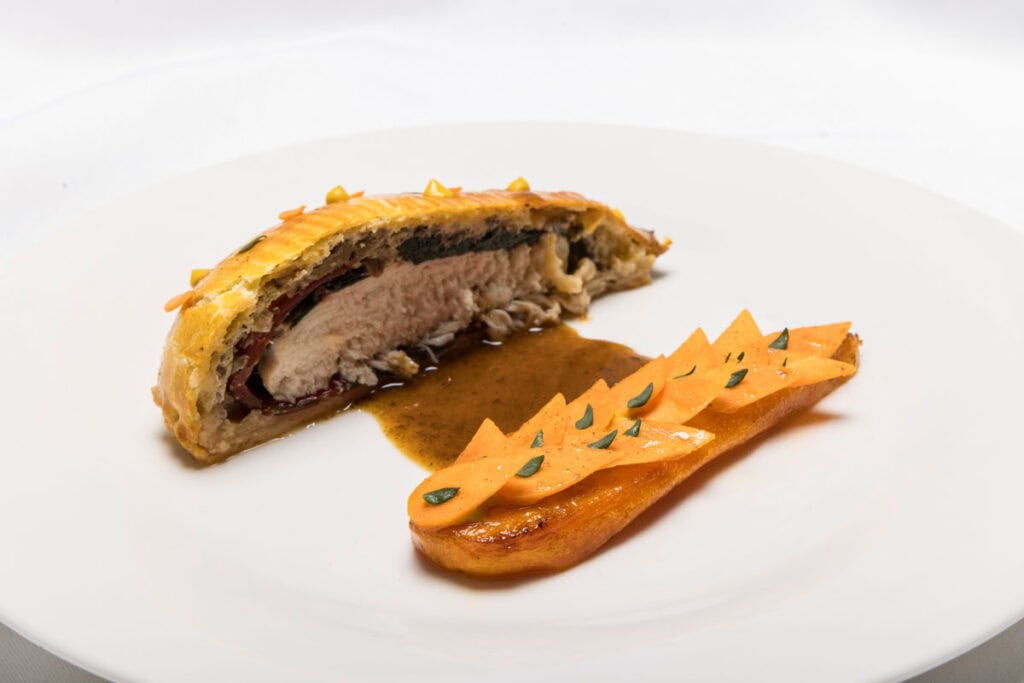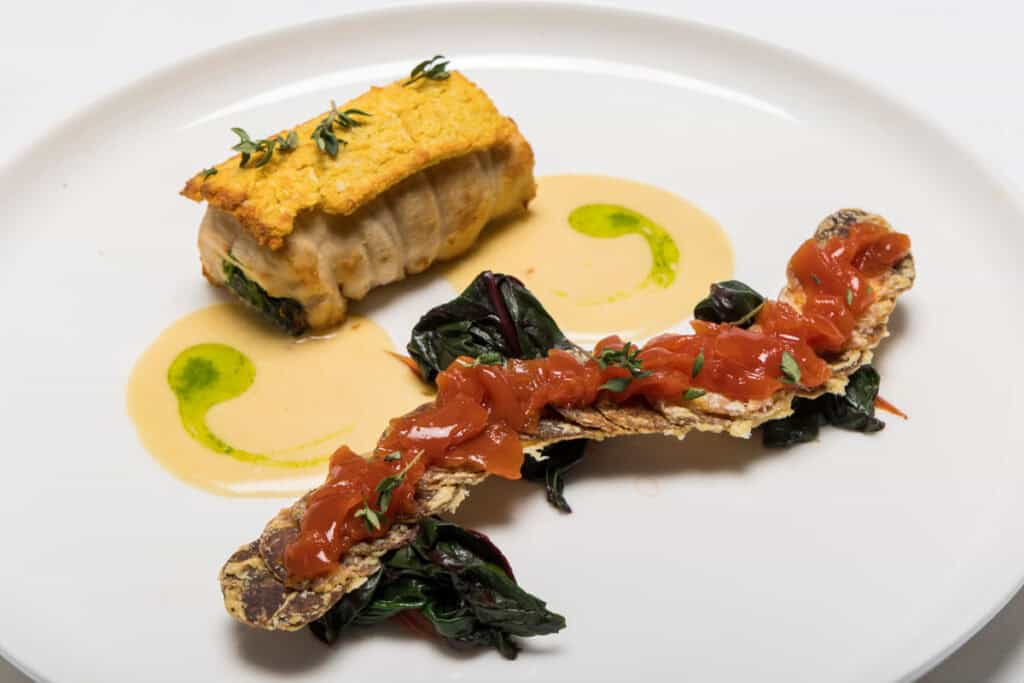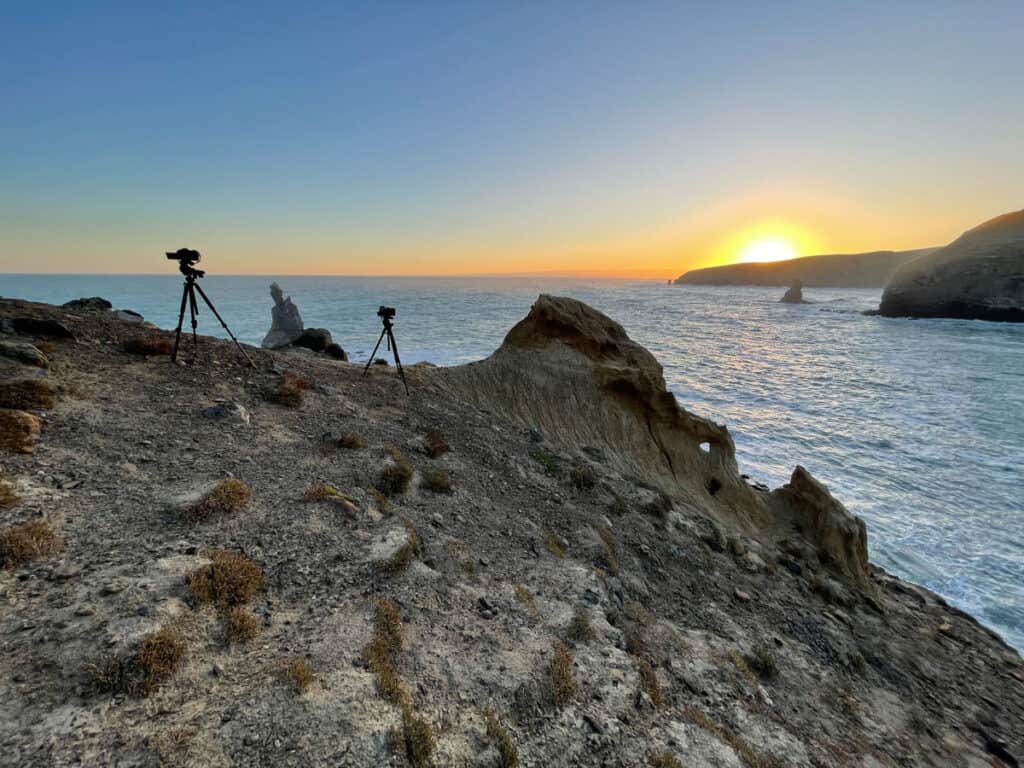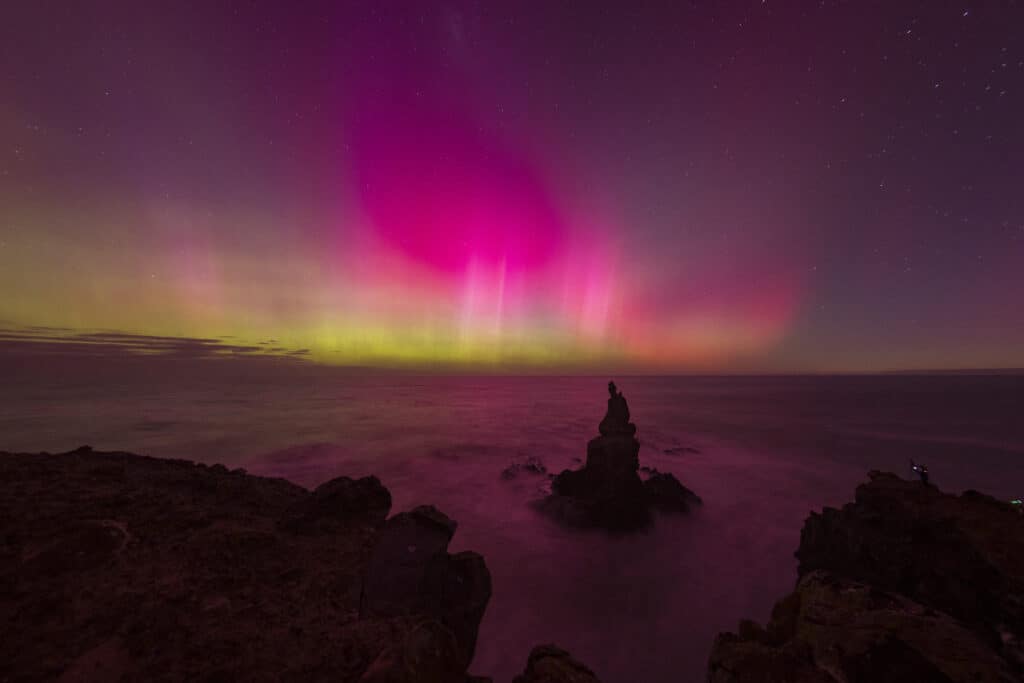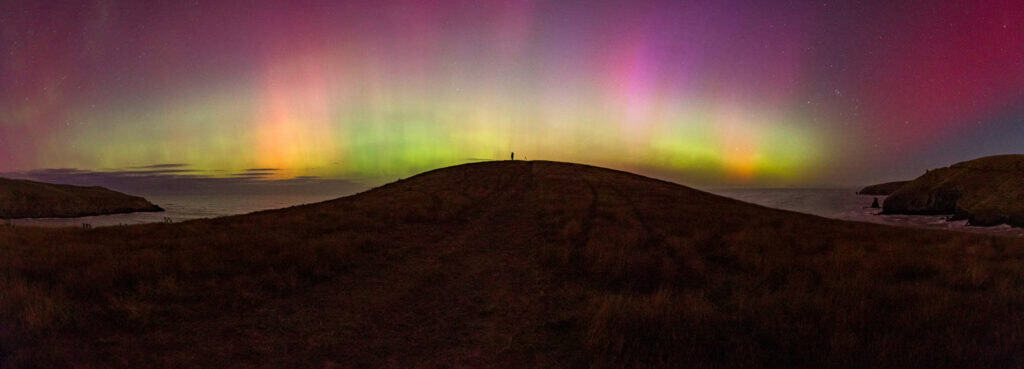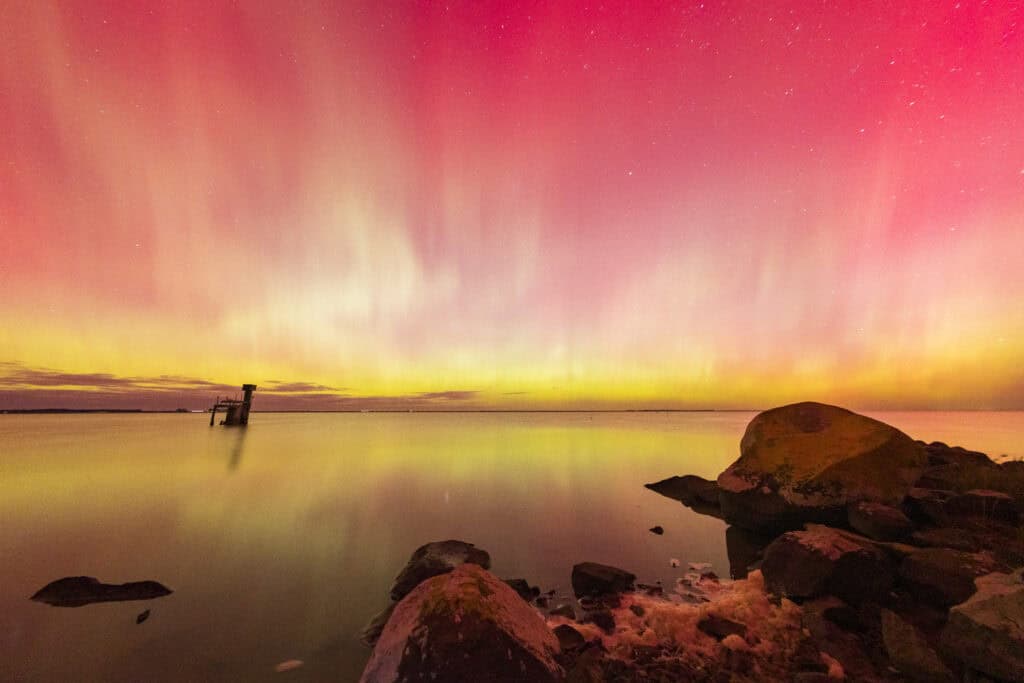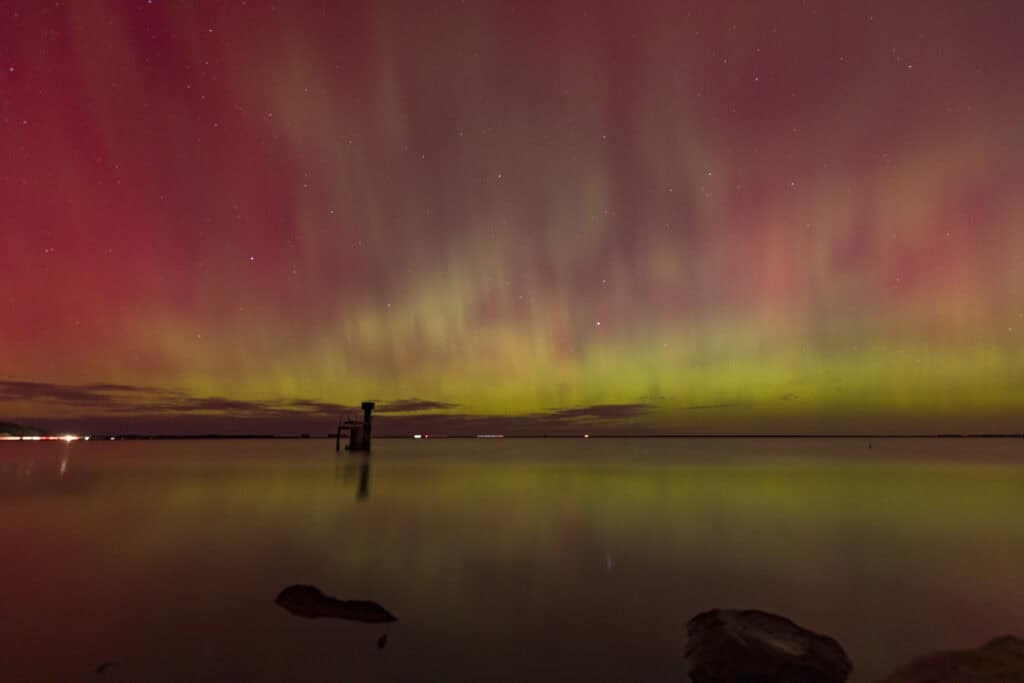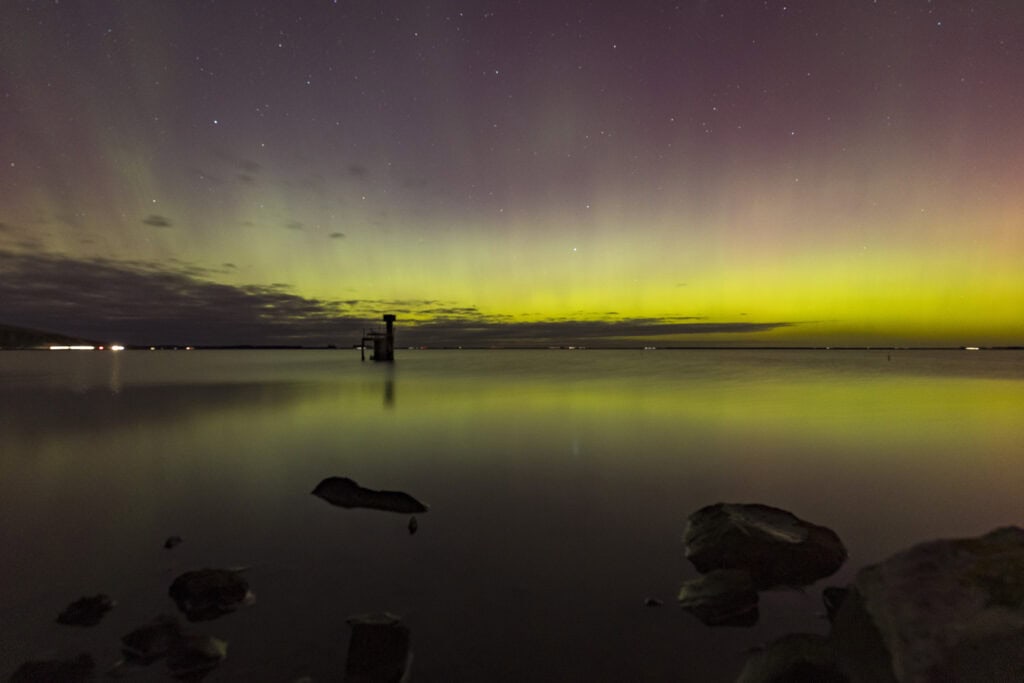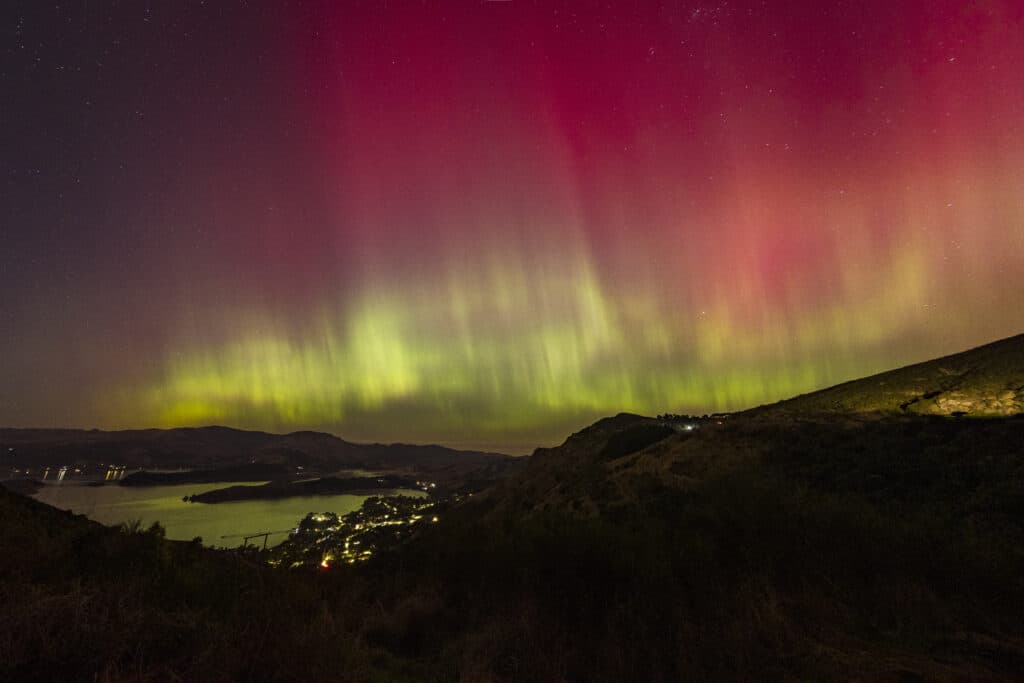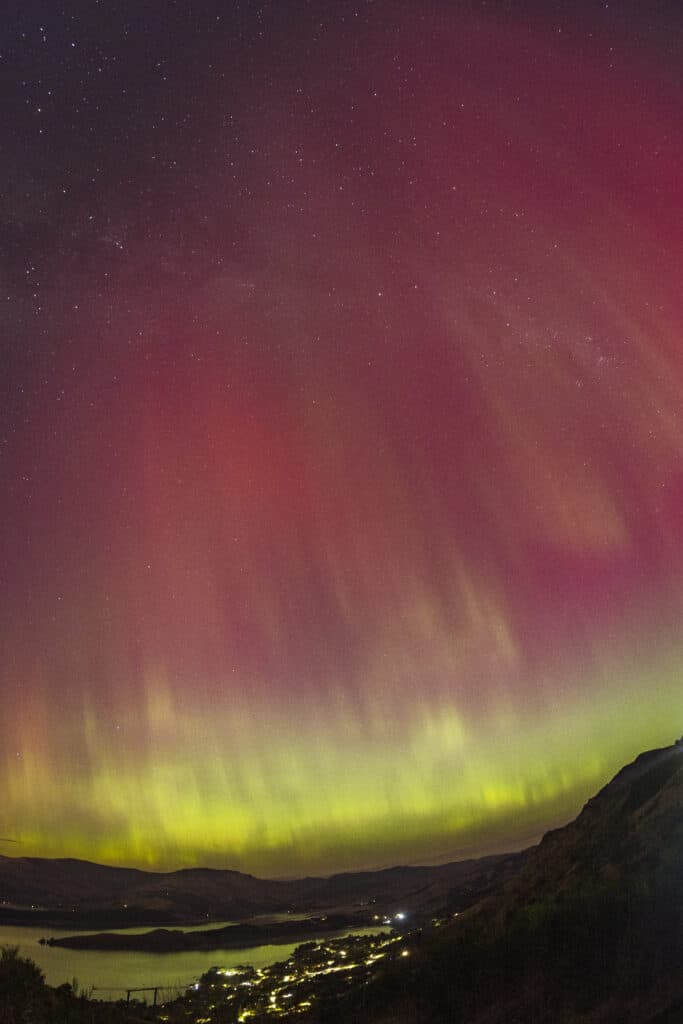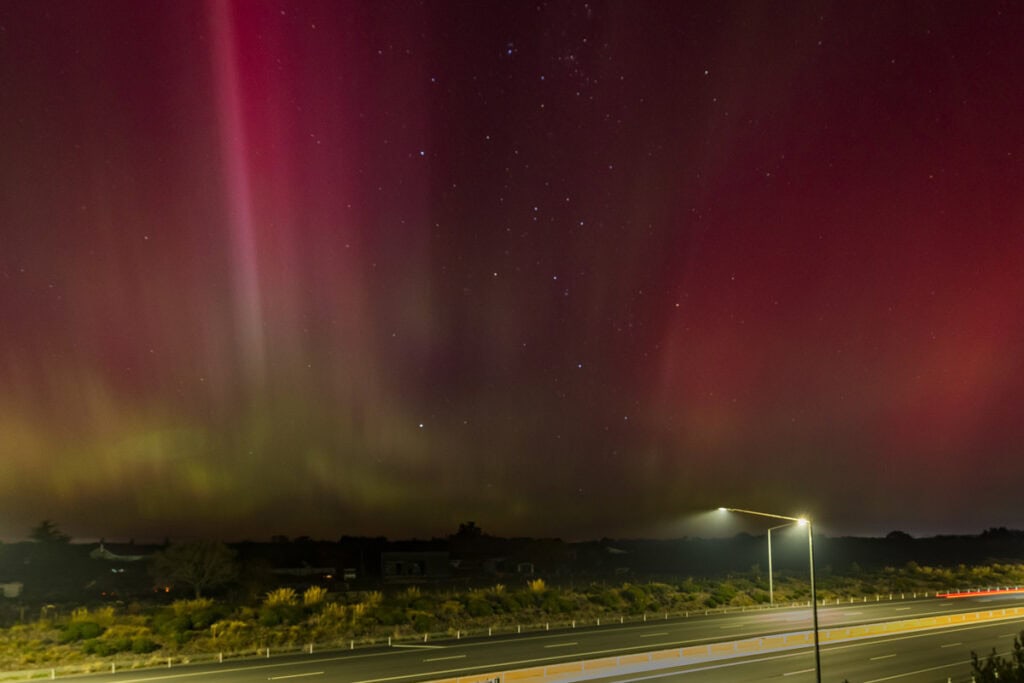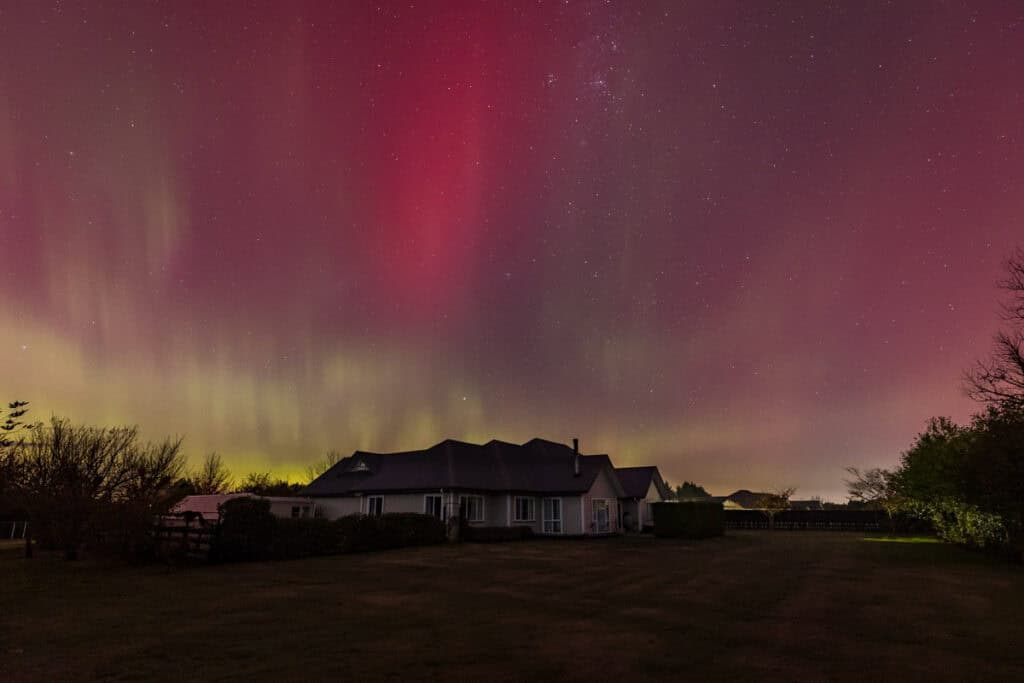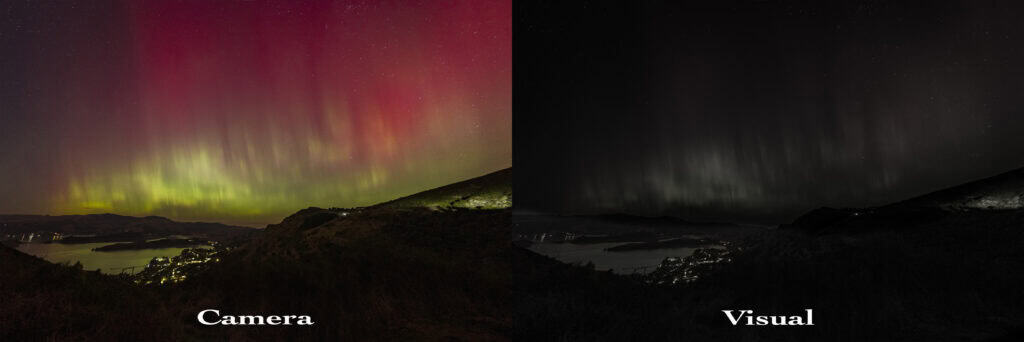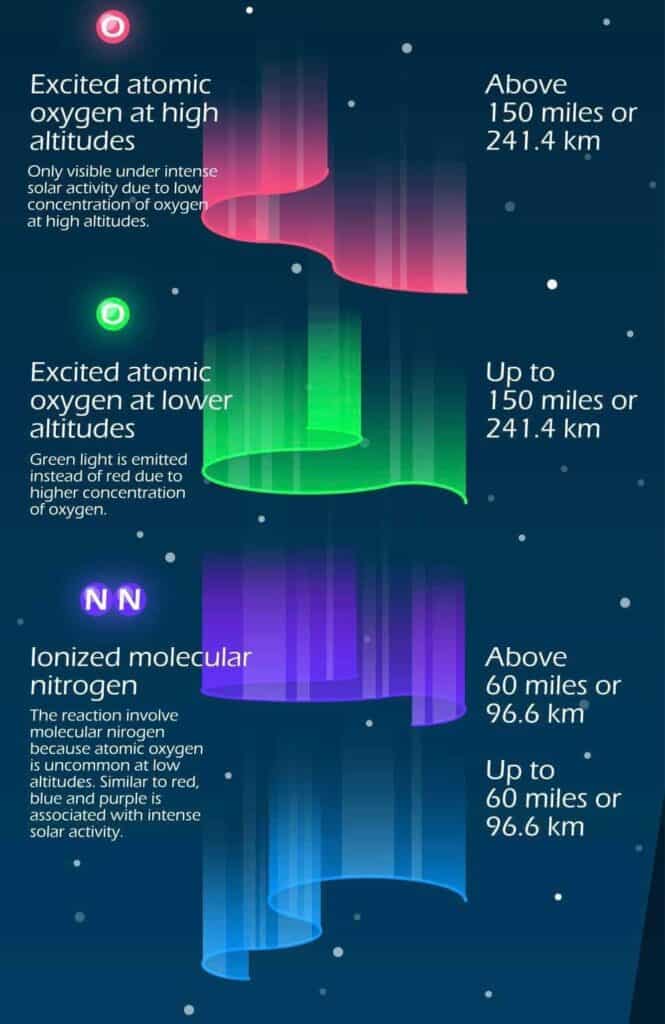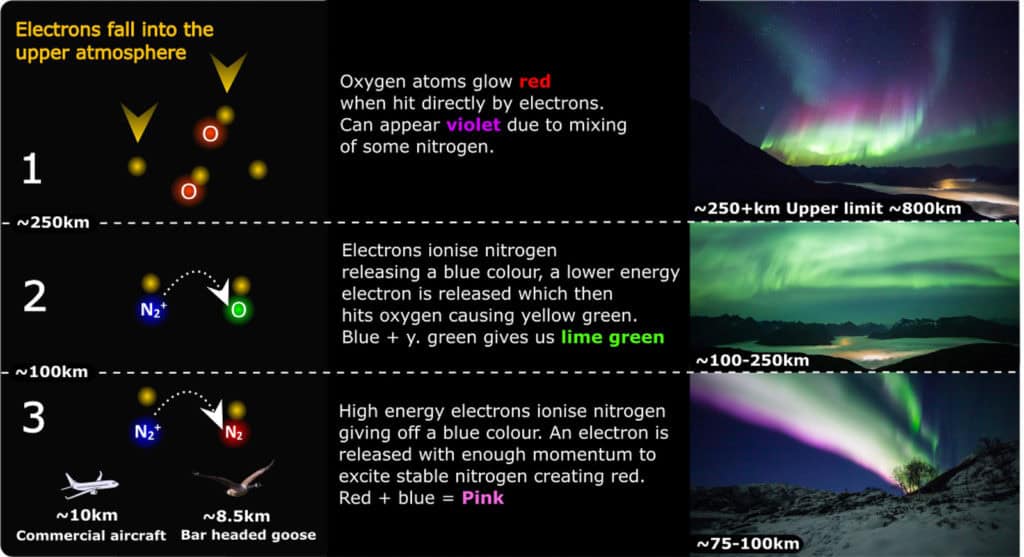Aurora Sat May 11th 2024
OK, so with all the explanation now behind us, let’s look at some photos!!
I managed to get in place early, before sunset, which was great. I decided to head out to the south bays area of Banks Peninsula, not too far from town. Though surprisingly it is quite desolate, and feels more remote than it actually is.
Noting the best view is at the end of a short clifftop walk, I figured it wise to get in place before sunset. Not only is the cliff edge a bit precarious, but potentially there’s not a lot of room for people if it got busy (which it did!).
The anticipation builds!! Here, I have no idea about what’s ahead, but was very hopeful!
Same spot, but different stages of aurora and foreground light.
You can see here, the effect of foreground torch light (not mine – a ‘neighbours’!). While this provides a element of difference in this frame, it can disturb a timelapse sequence.
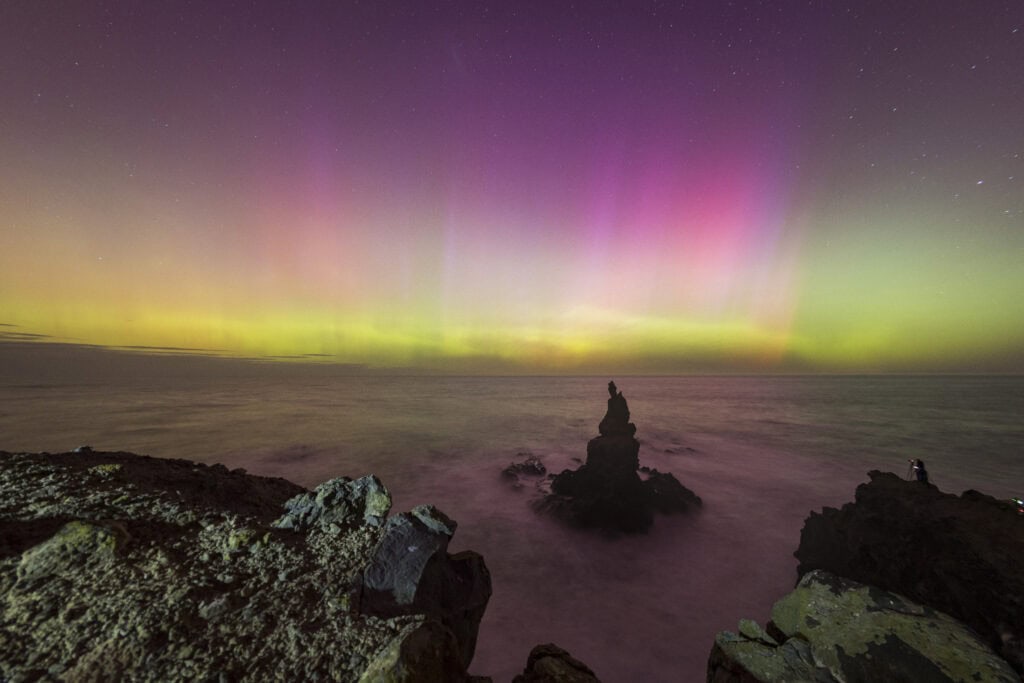
This is actually a phone capture, which I seldom rely on in low light. This is actually taken right above, of a whispy ribbon, crossing at right angles to the main auroral display. This actually an auroral phenomenon known as STEVE (Strong Thermal Emission Velocity Enhancement), and is an atmosphere optical occurence that appears as a purple and green light ribbon in the sky. It is not fully understood, and was only named in late 2016. The phenomenon appears as a very narrow arc extending for hundreds or thousands of kilometers, aligned east–west. It generally lasts for twenty minutes to an hour. As of March 2018, STEVE phenomena have only been spotted in the presence of an aurora, and often observed (but not contingent) above a green, “picket-fence” aurora. The green emissions in the picket fence aurora seem to be related to eddies in the supersonic flow of charged particles, similar to the eddies seen in a river that move more slowly than the water around them. Hence, the green bars in the picket fence are moving more slowly than the structures in the purple emissions and some scientists have speculated they could be caused by turbulence in the charged particles from space.
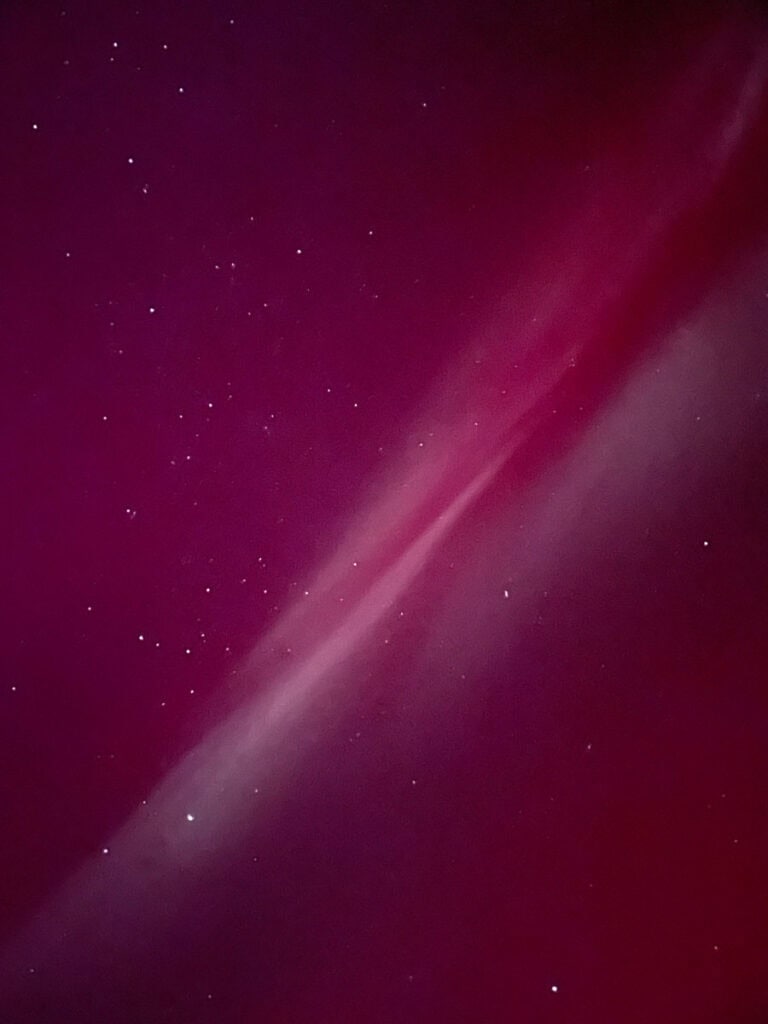
From there I wanted to get some lower aspect angles, with some water foreground. So I left to head back against the flow of traffic that I knew would be headed out, to set up at Lake Ellesmere.
Similar spot, again with different intensities of aurora. Yet all within 1/2 hr of each other.
I was also amazed at what could only be described as a ‘ripple’ effect, that raced vertically up the beams. I had never seen this before, and I guess was a truly tangible element of the intensity of such strong solar wind. The rippling was super fast, and was just like what you imagine in cartoon coming from a ray gun. So not only were the beams dancing and shimmering as vertical ladders high into the sky, but there was this movement super quick rippling within beams. Just amazing to watch.
Aurora timelapse at Lake Ellesmere, May 11th 2024. 40min from 9pm.
I saw the storm wasnt abating any, so continued to drive up the Summit Rd via Gebbies Pass. The usual spots at Gibraltar Rock etc were certainly proving popular, so I stopped further back nearer to Dyers Pass.
Aurora timelapse on the Summit Rd, May 11th 2024. ~12min from 11.50pm.
Near vertical pillars, almost unheard of at this latitude. I have never seen beams this high verging to a corona before.
And then going home around midnight, it was still equally as awesome!! Southern motorway near to home.
Then at home, I wondered if I would ever see an aurora at my house again?!
One thing I get asked a lot, is do you see the aurora like you do in photos? The answer is no, and can often leave people disappointed.
That is only natural, when photos are rich and striking. Yet out at night, on location you are almost left wondering whats going on, ‘where’s the aurora?!’. (Though there was no doubt this last Saturday!).
Nevertheless, despite that disappointment, the answer is quite simple. The difference between what can be discerned with the human eye, and what is caught on camera, is largely due to two factors.
The first being human night vision, and the way our rods and cones handle low light. In bright light, photopic vision based on three spectral types of cone photoreceptors allows colour vision. Whereas in dim light, a single type of rod only allows colour-blind scotopic vision. In simple terms, when it gets dark the cones lose their ability to respond to light, leaving rods only to respond to available light. But since they cannot see color, so to speak, everything appears to be various shades of black and white and grey. Interestingly, looking off to the side of what you want to see, is a wee trick to enhance what you are looking for, as you activate more of the peripheral cones (a wee army night vision trick!)
The second, is the camera effectively acts as an amplifier. Using long shutter speeds at night, light is allowed to ‘build up’ on a sensor. Something we as humans can not do. So that build up of light, in essence amplifies the scene, and in doing so can render a dark scene much brighter than it may appear. Taken to the extreme this can happen in any photography – and is simply over and under exposure. Too much or to little light allowed in, relative the the ‘correct’ depiction indented. As camera sensors are not limited like human colour perception is at night, they can successfully depict the intensity of auroral actvity.
I will do a mock up here that might represent what we can capture with a camera verse what we see with our eyes.
This was what I recorded on Saturday, and the actual visual perception that I saw.
Interestingly, the fact you can see some pillars and pickets is in itself incredible, and testament to the power of this solar storm. Normally when out photographing auroral activity at this latitude (kp 4-5), there isnt any discernable beams at all. Or very faint / very rare.
Interestingly, by way of further scientific explanation, the colour of auroral displays often varies. This is largely due to the difference in altitude of the ionic activity, and the interaction with different gas molecules.

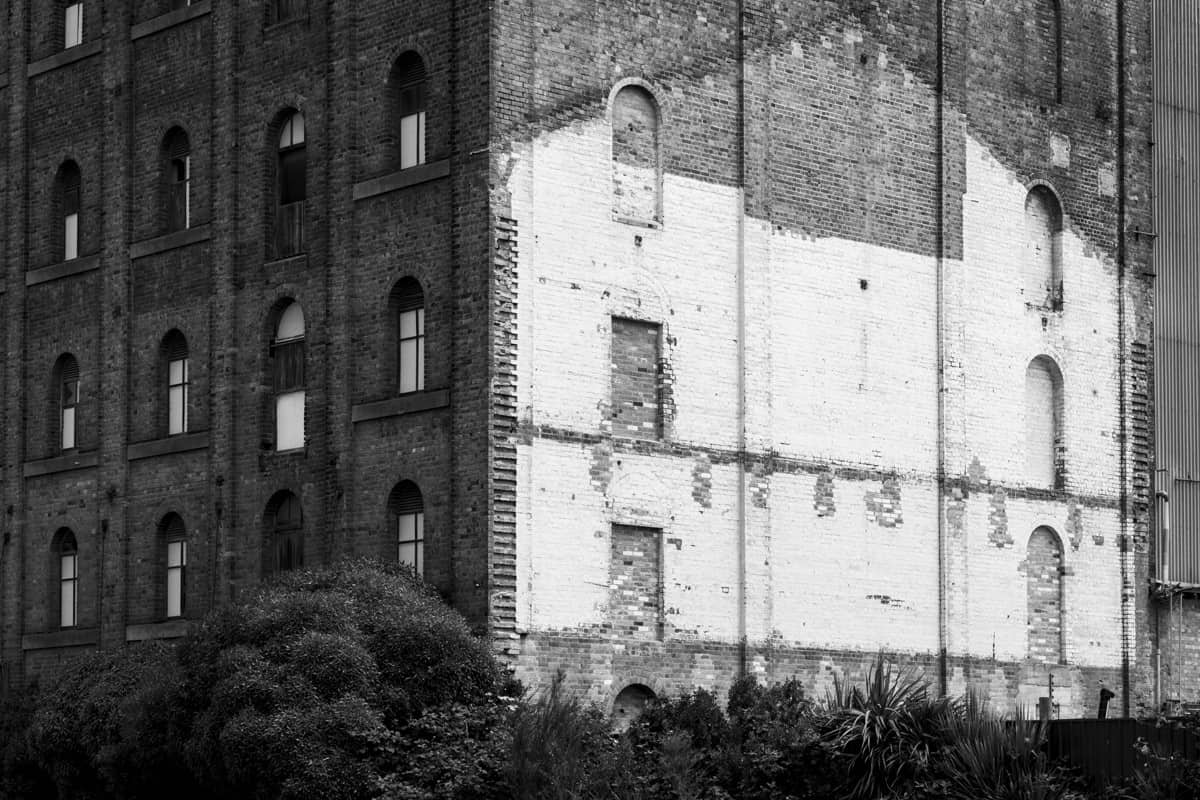


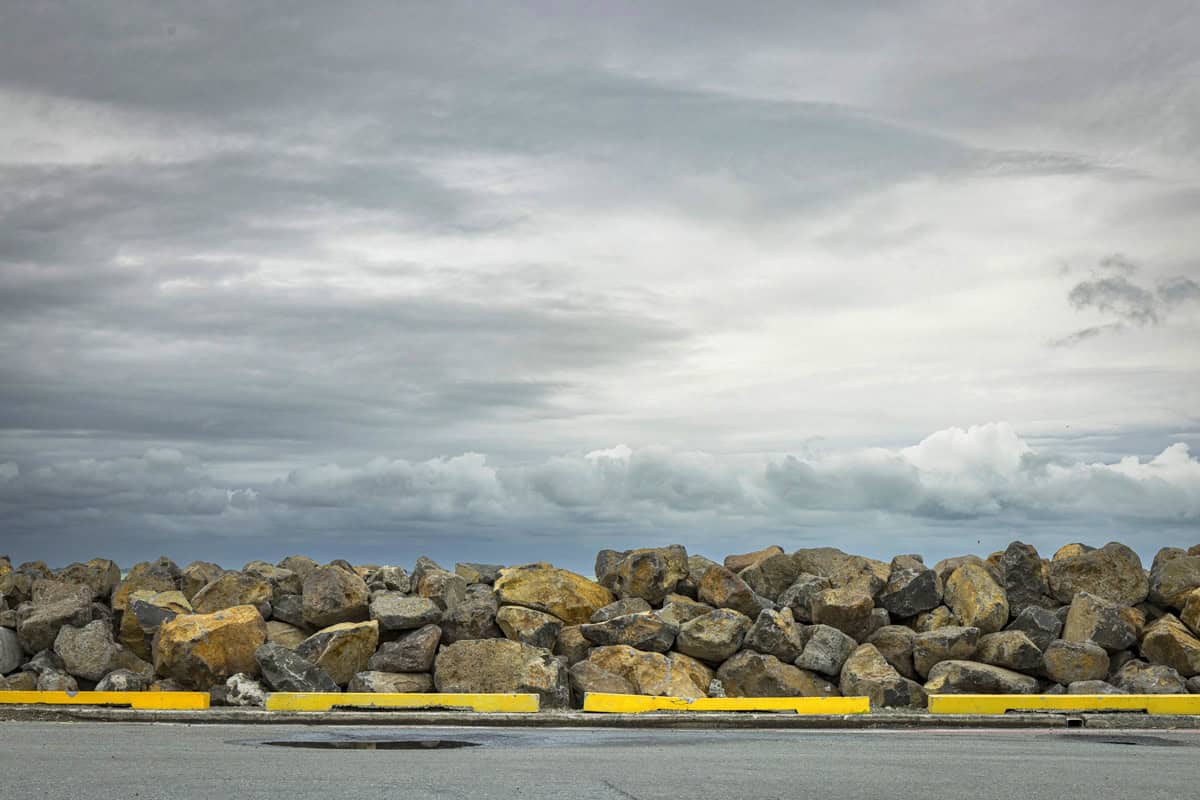
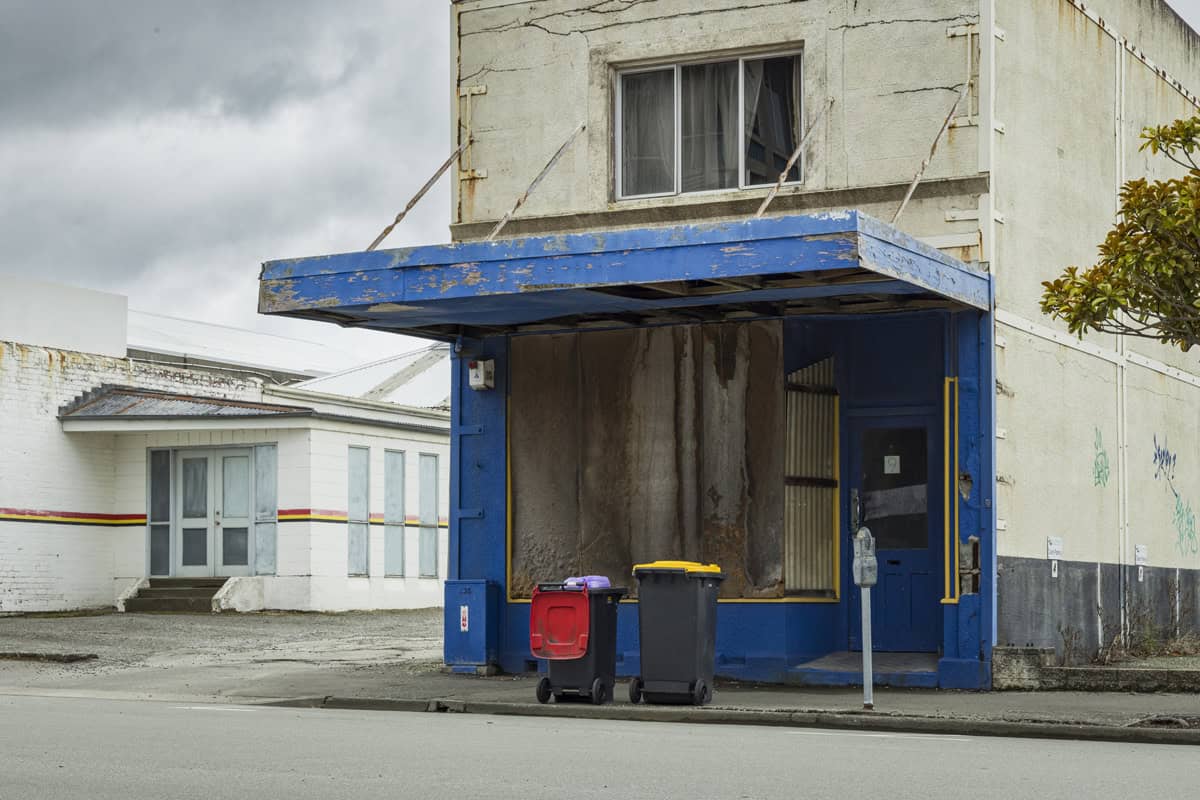
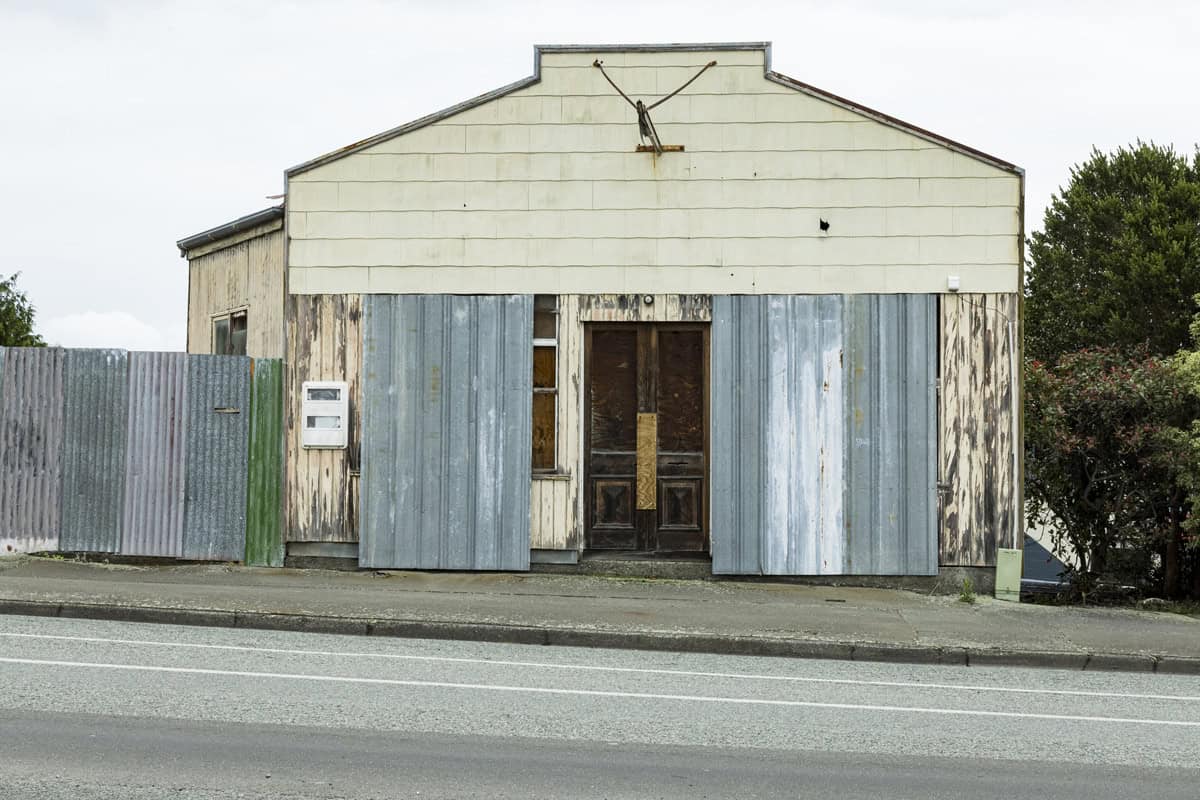

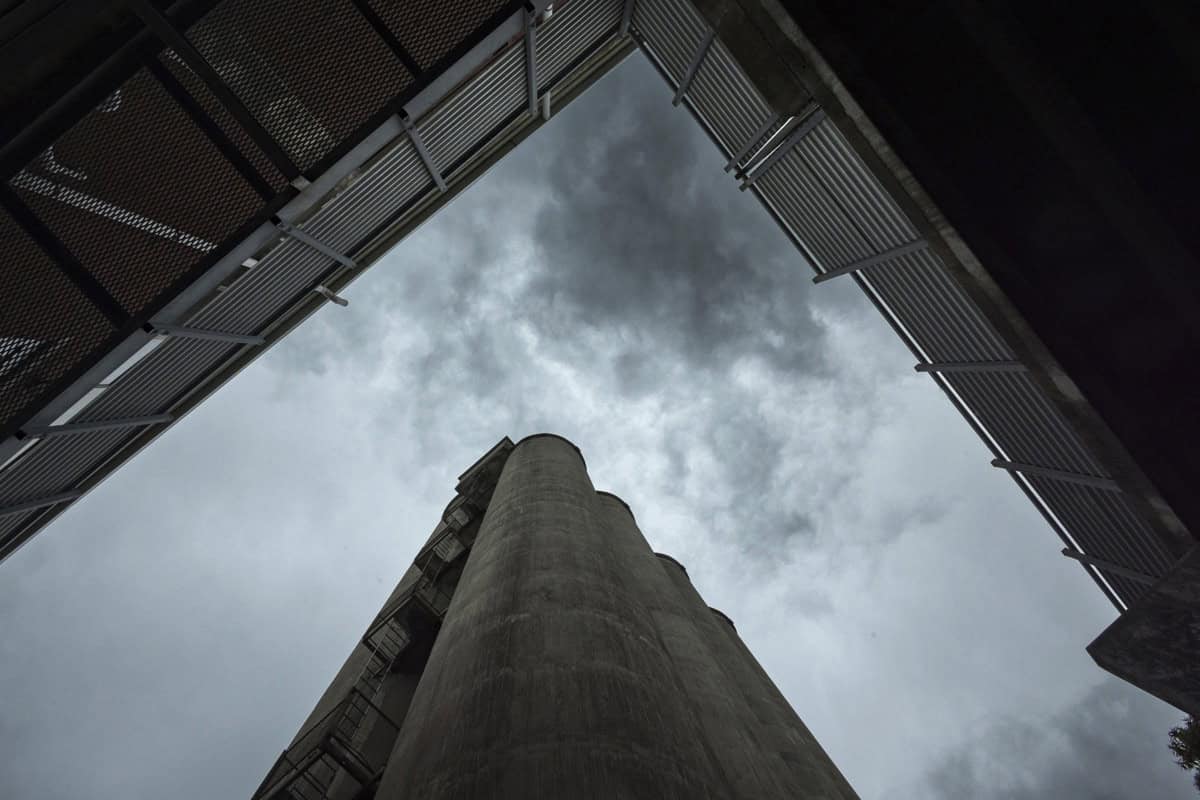

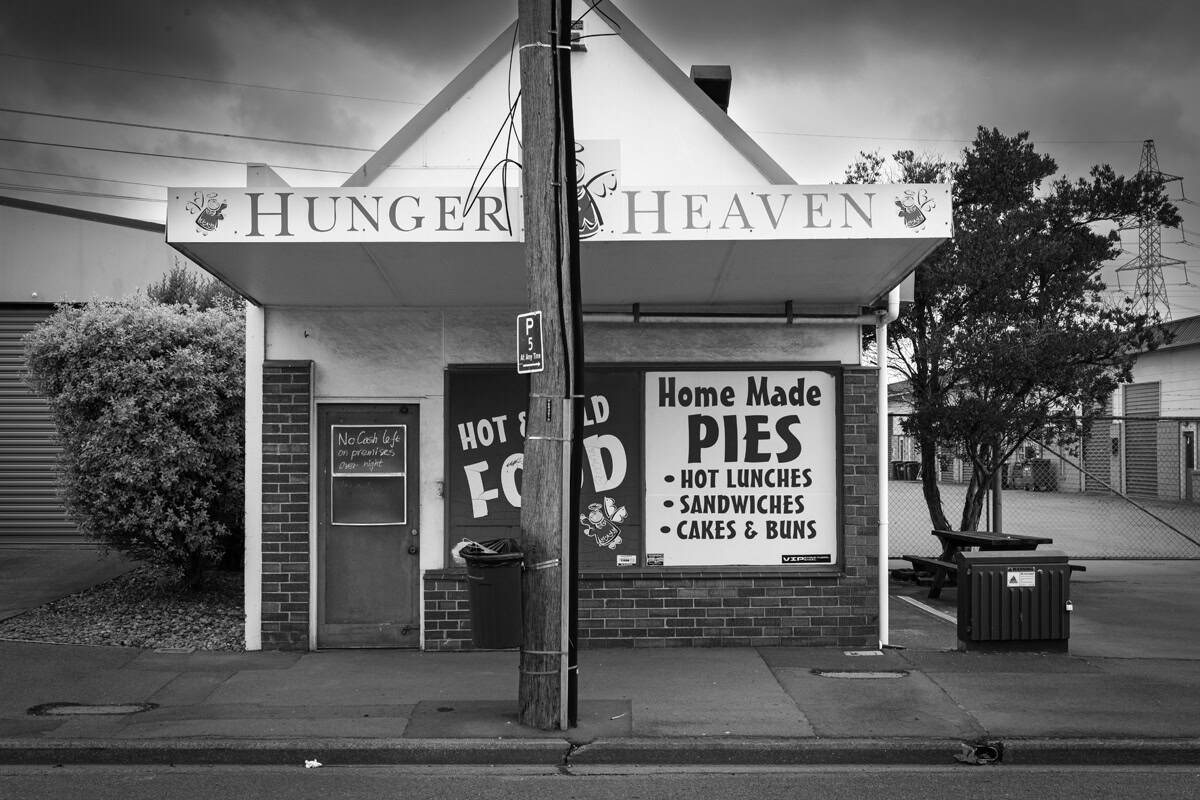


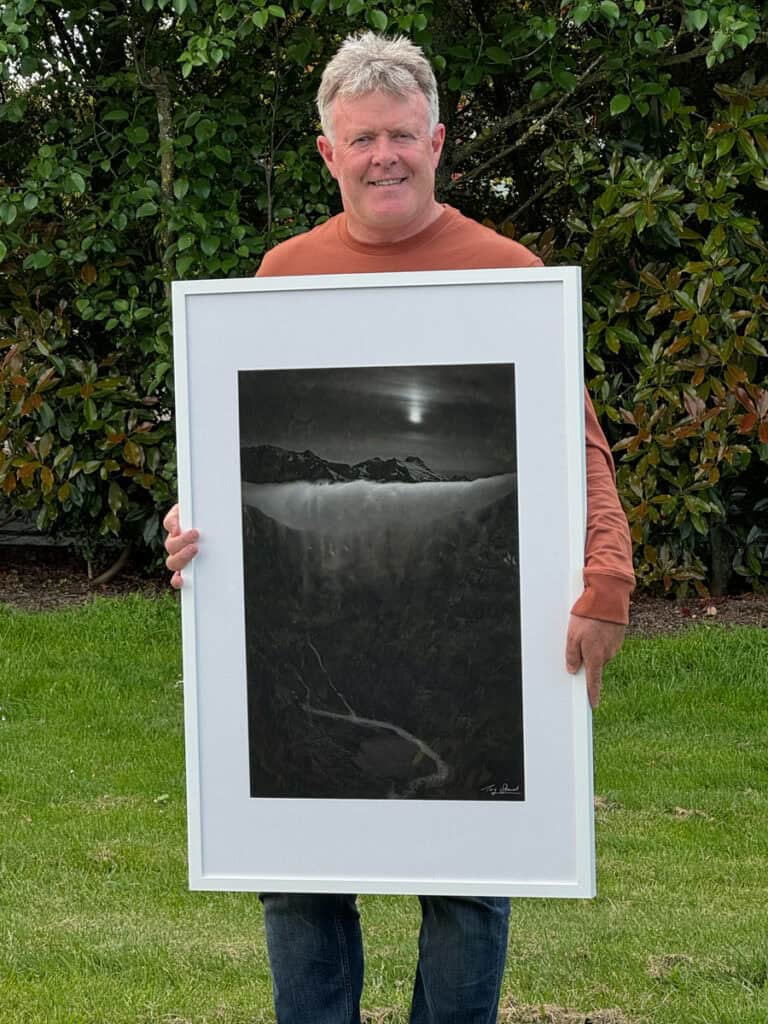
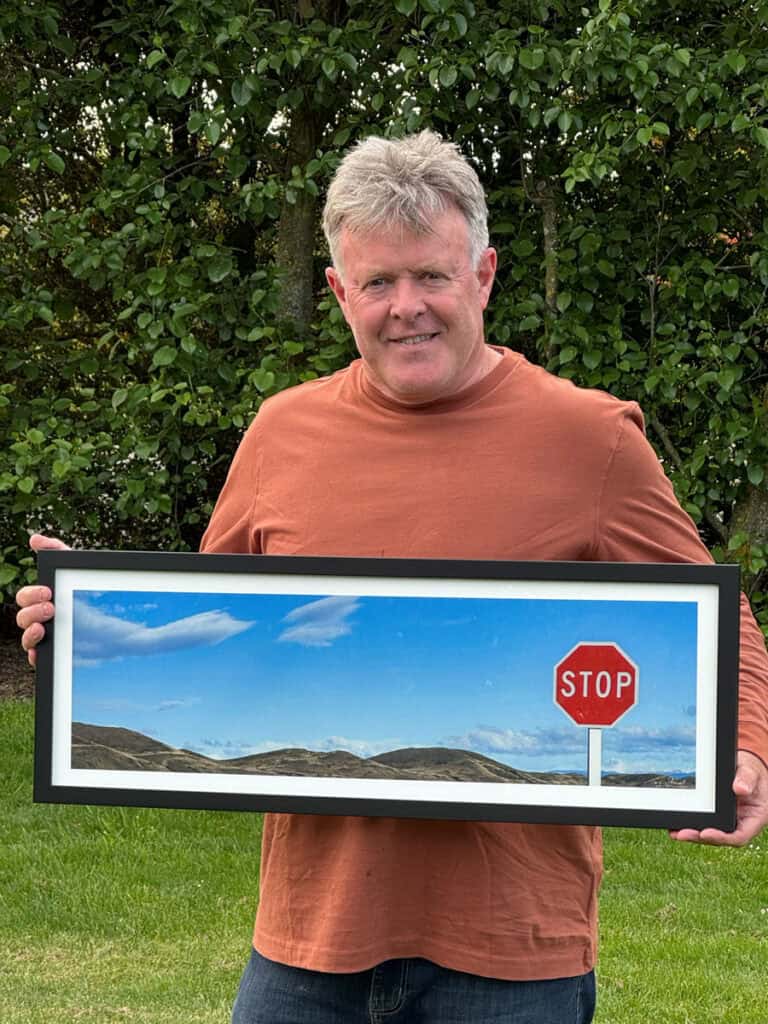
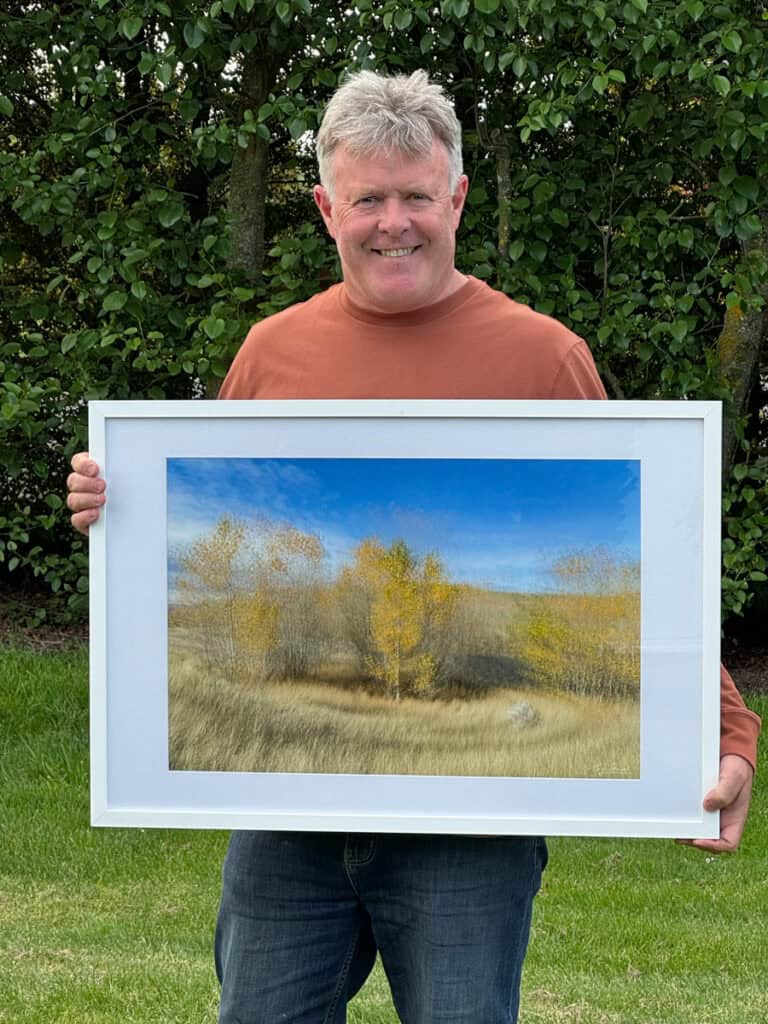
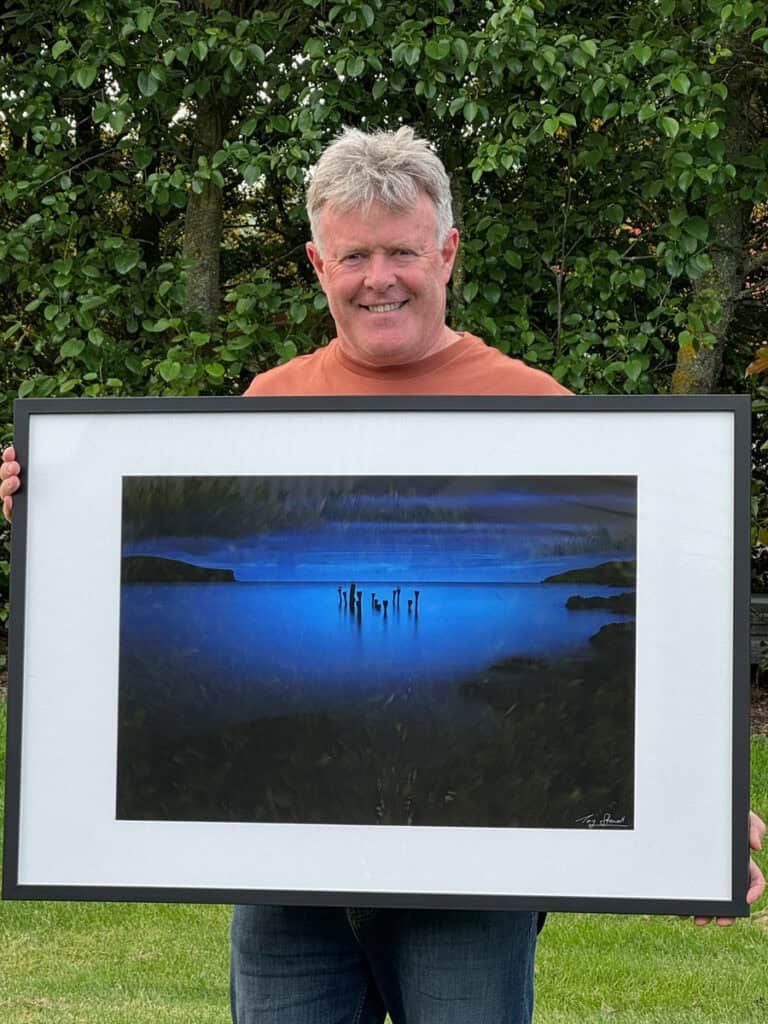
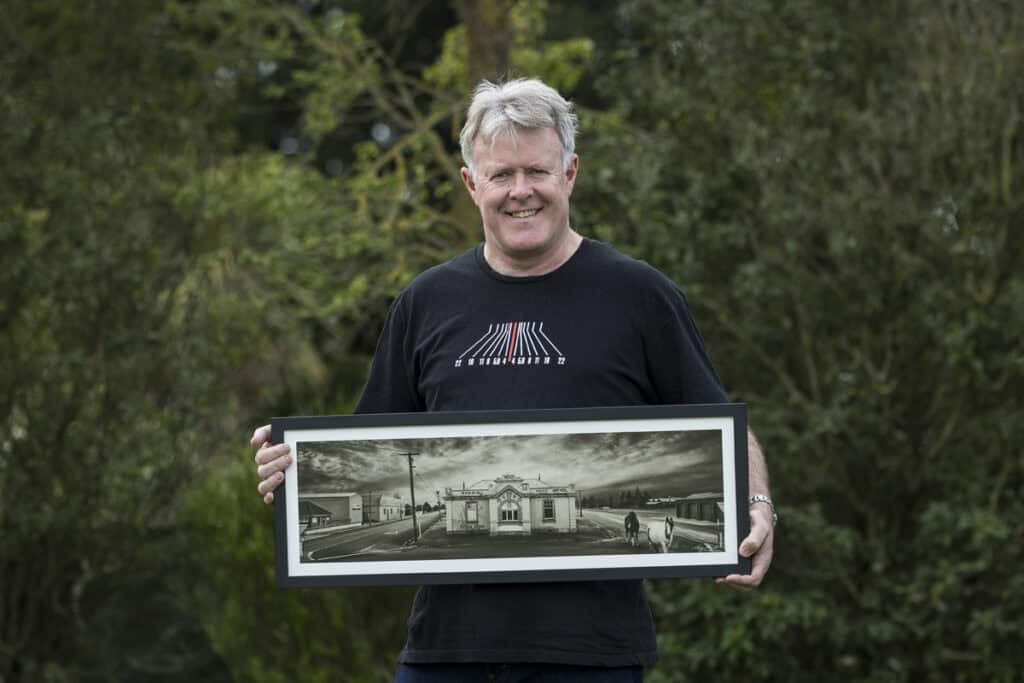
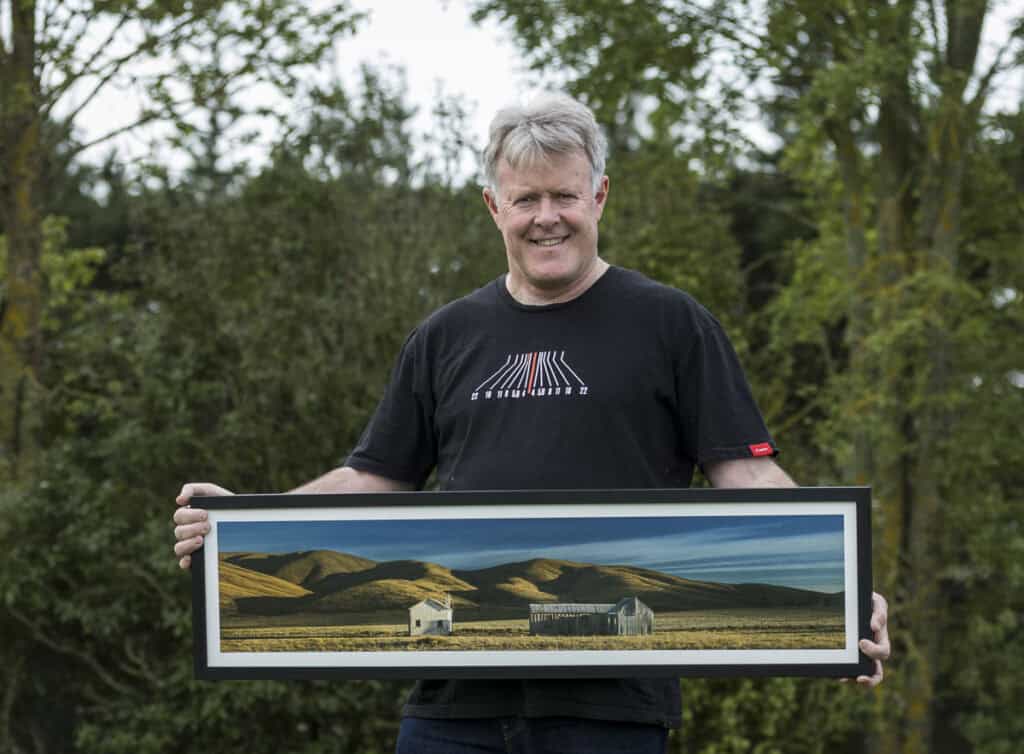
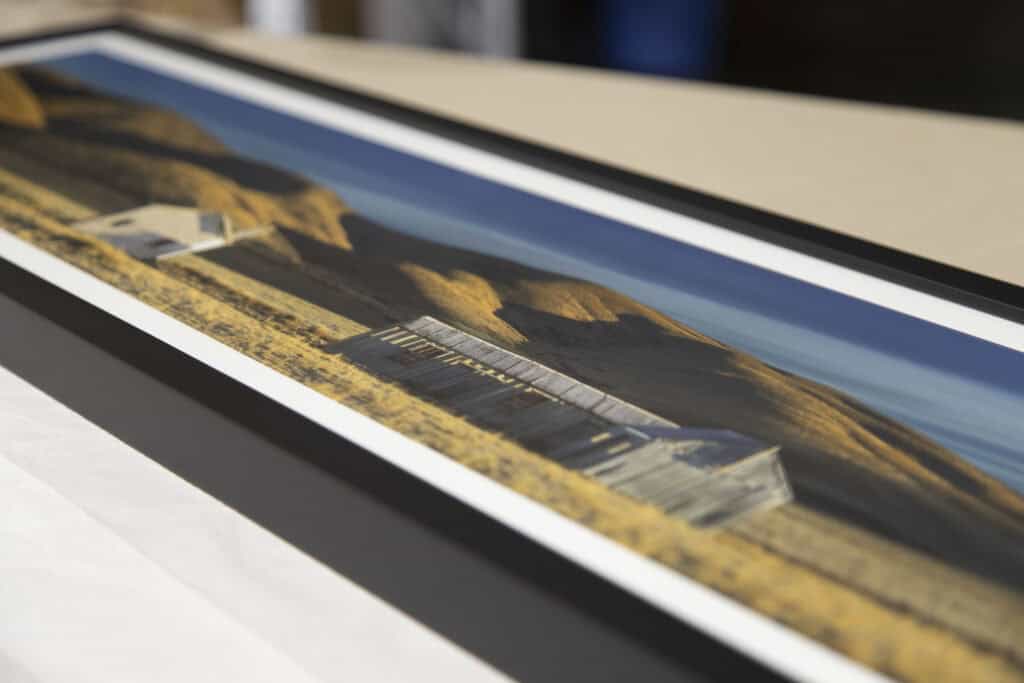
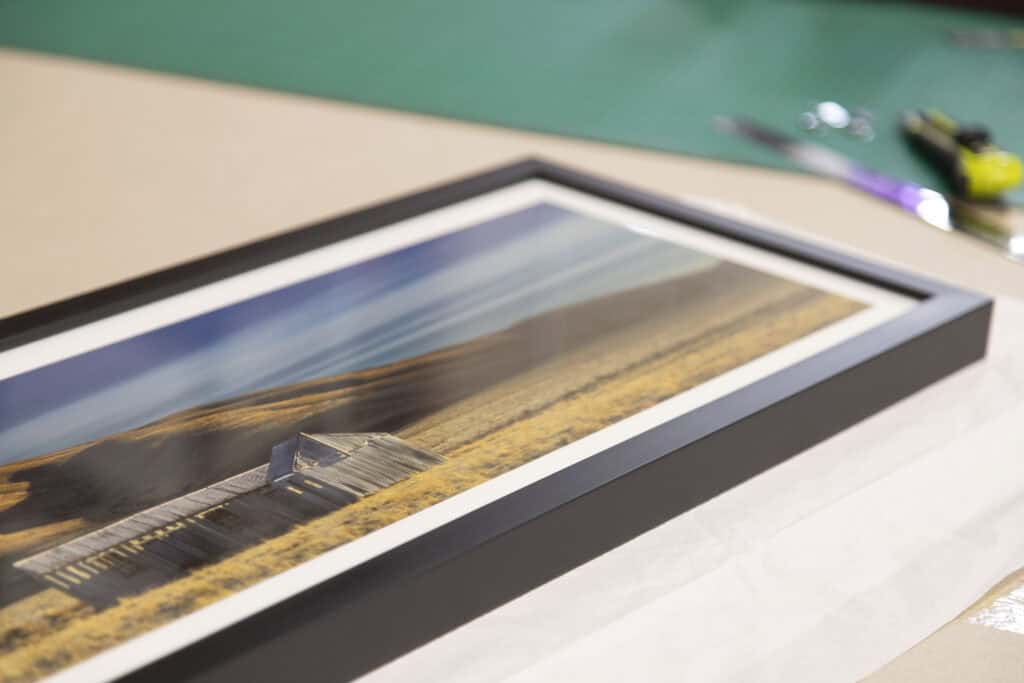
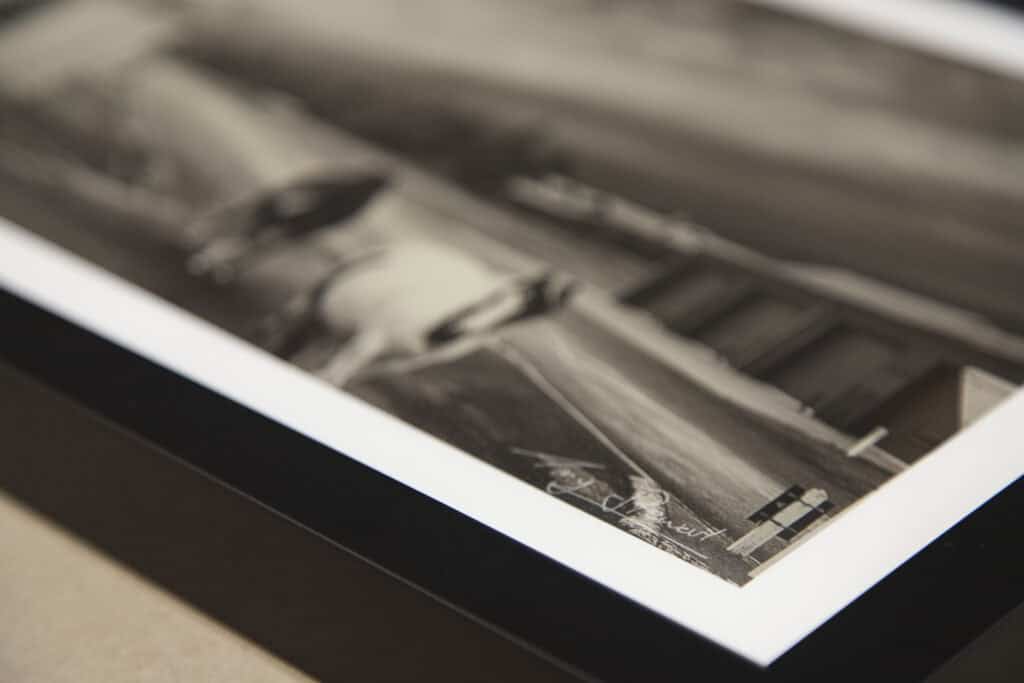
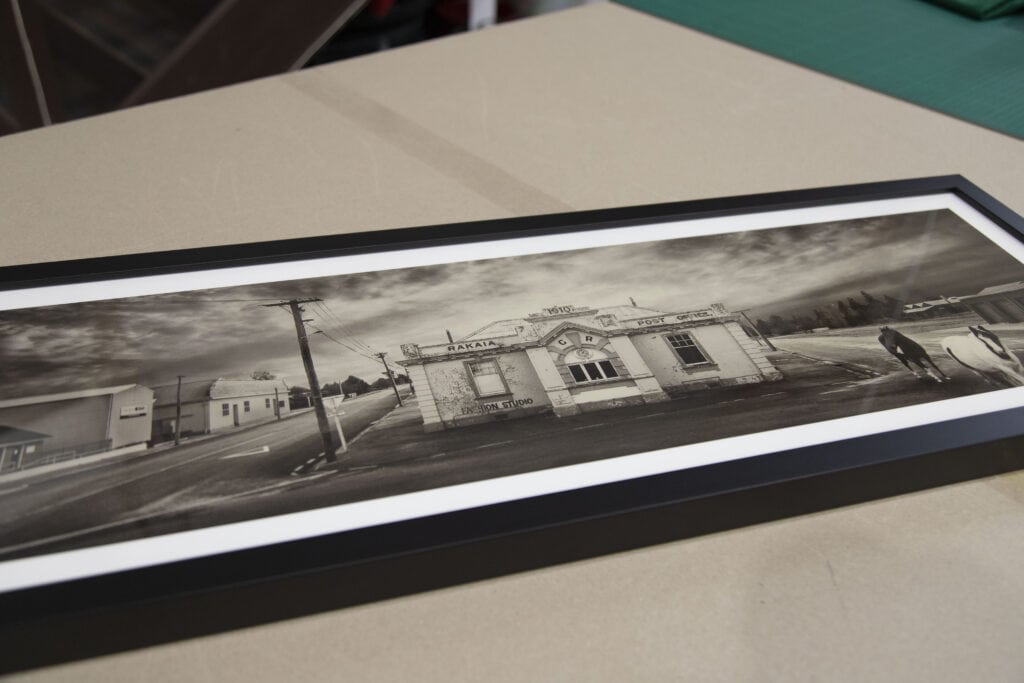
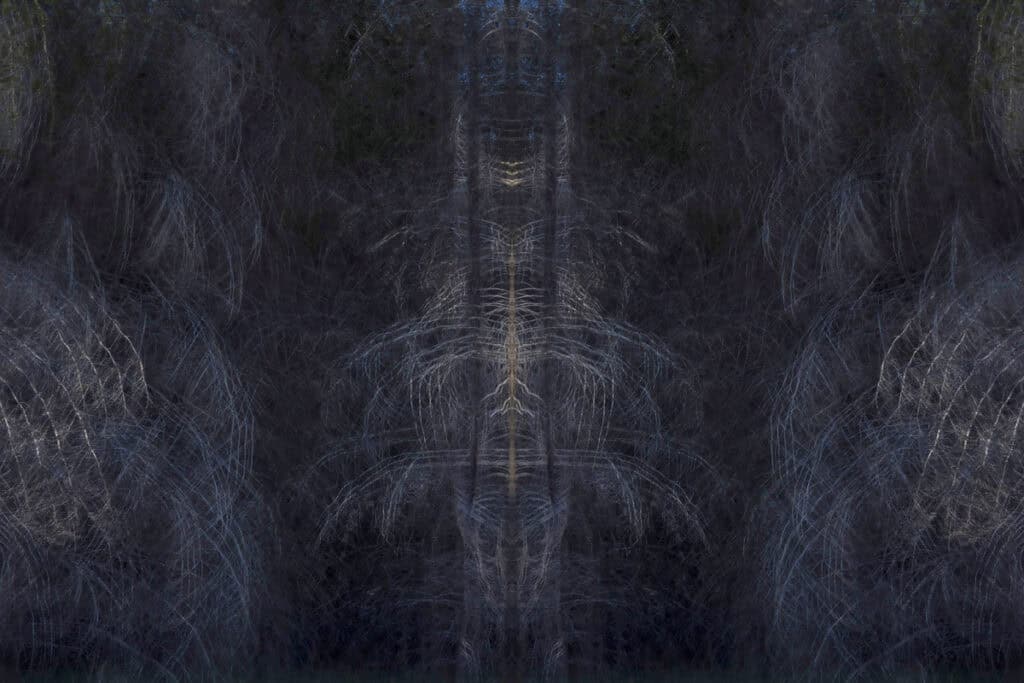
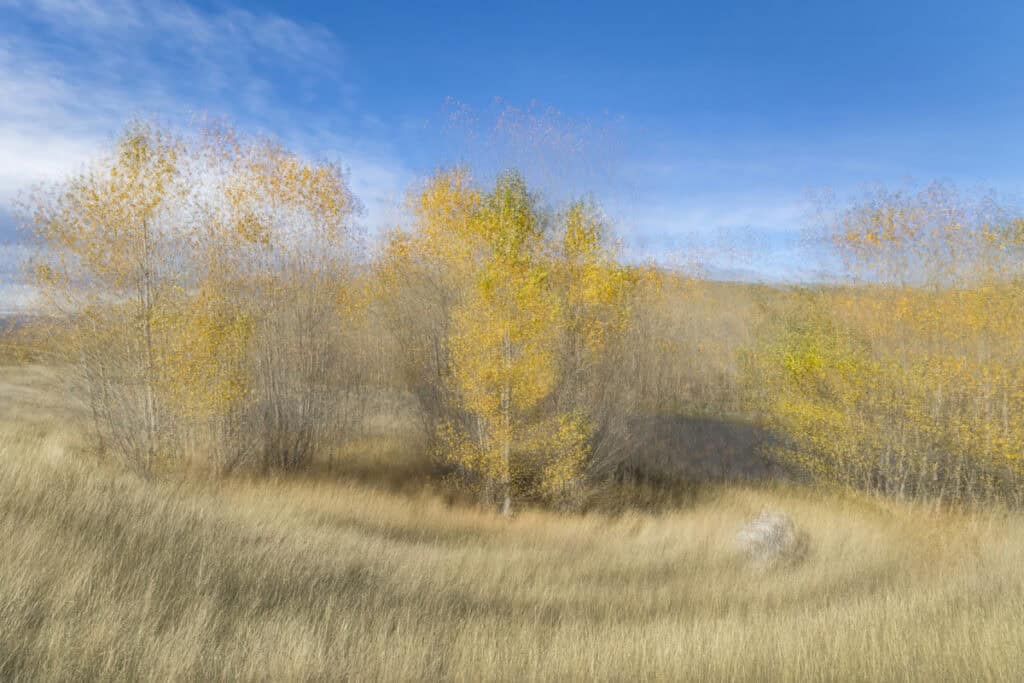
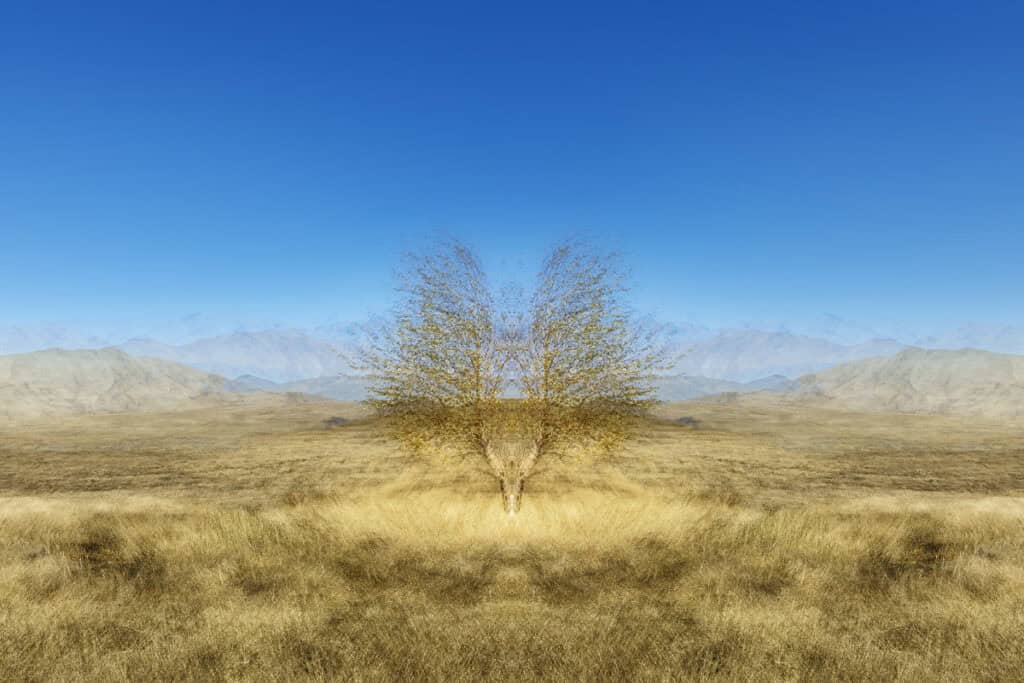
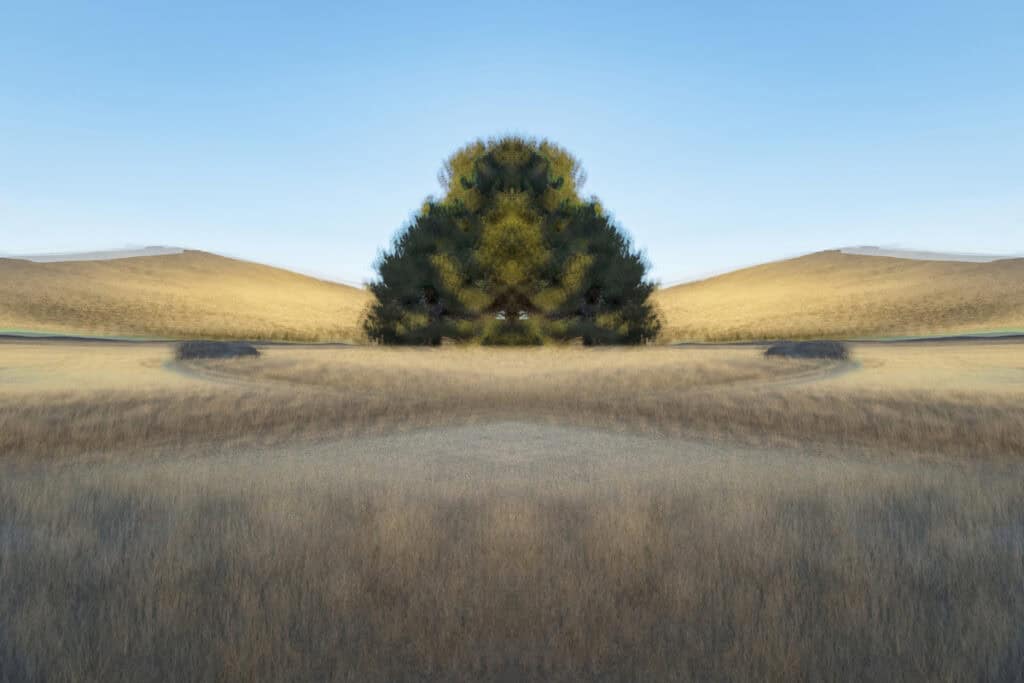
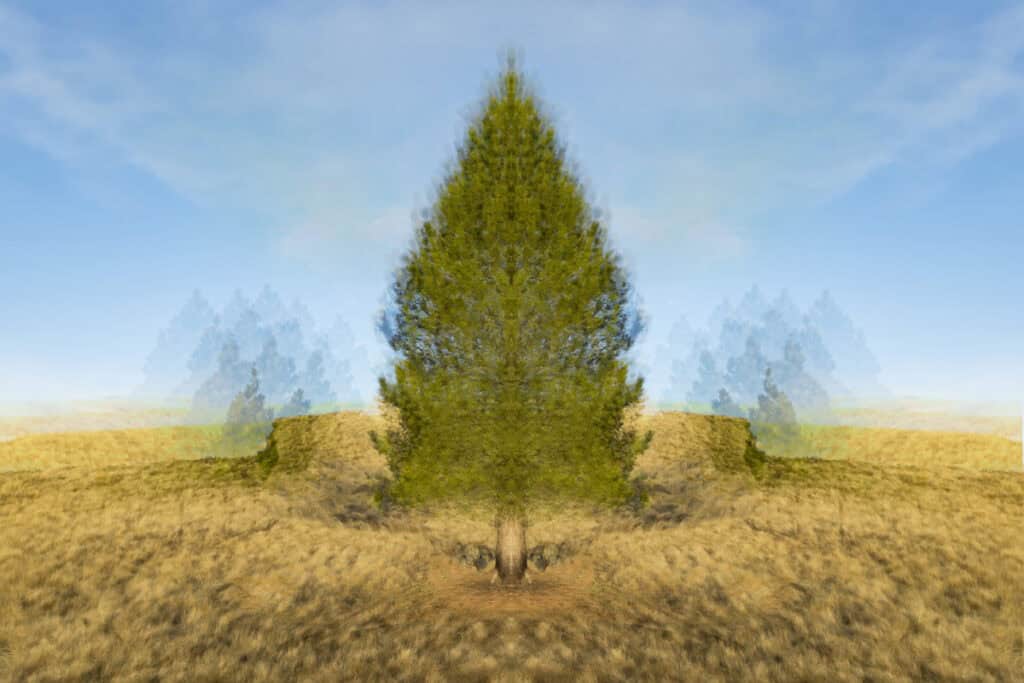
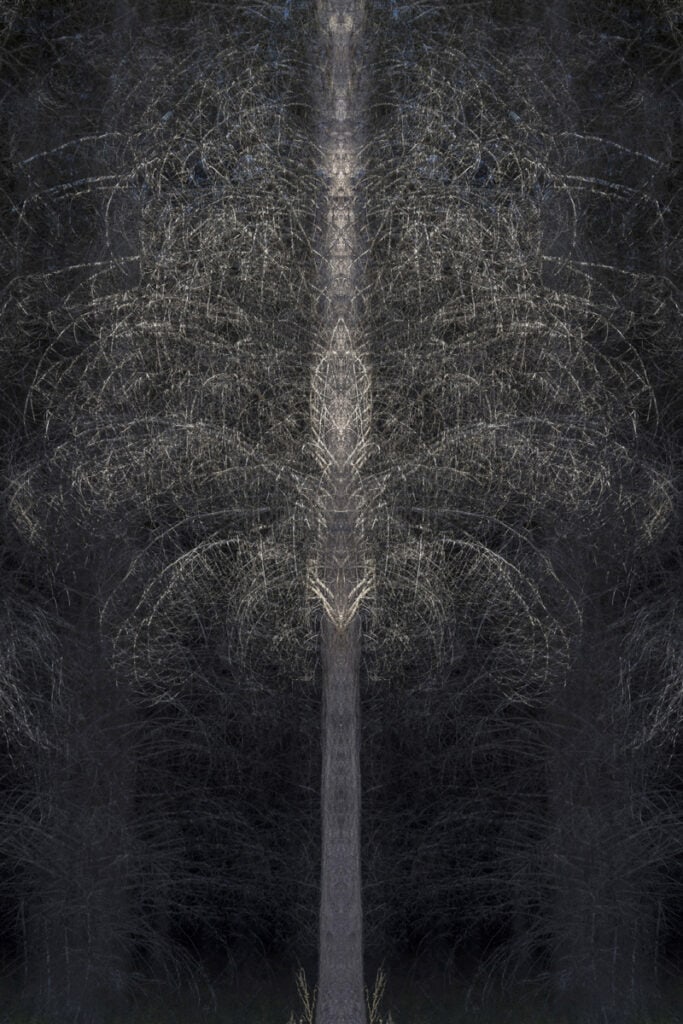
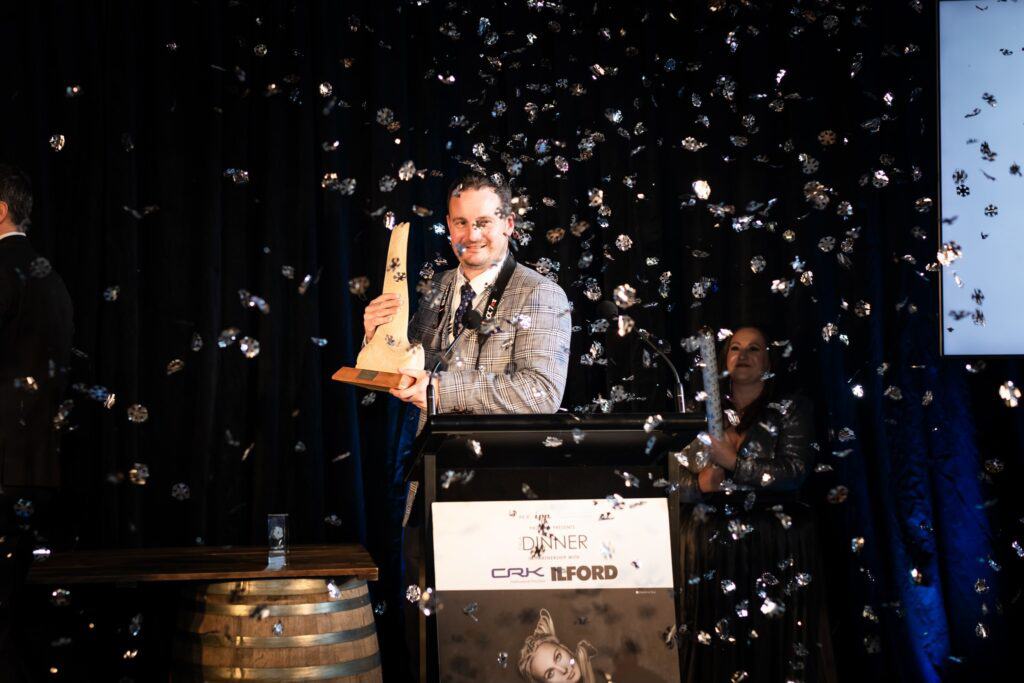
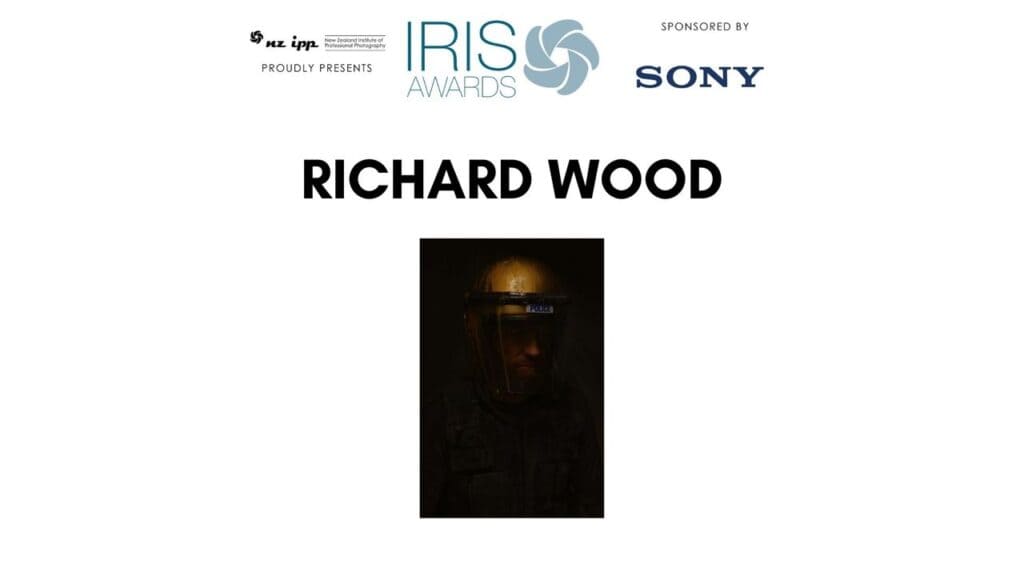
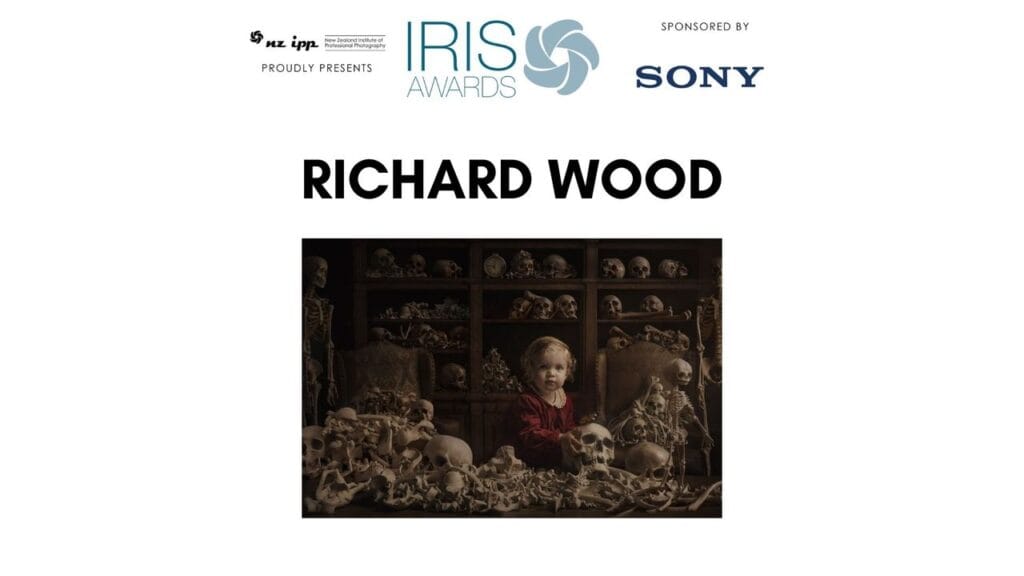
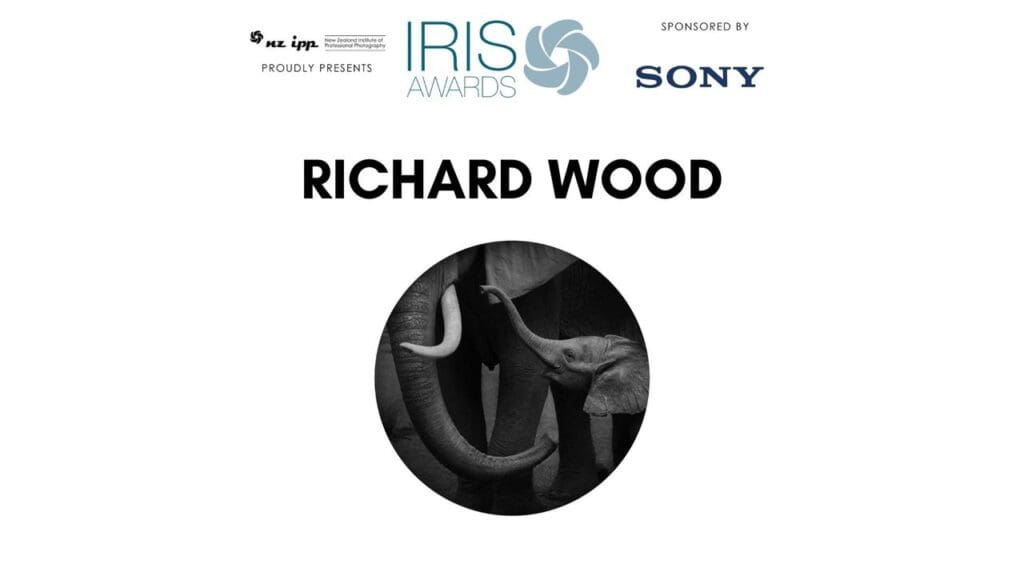
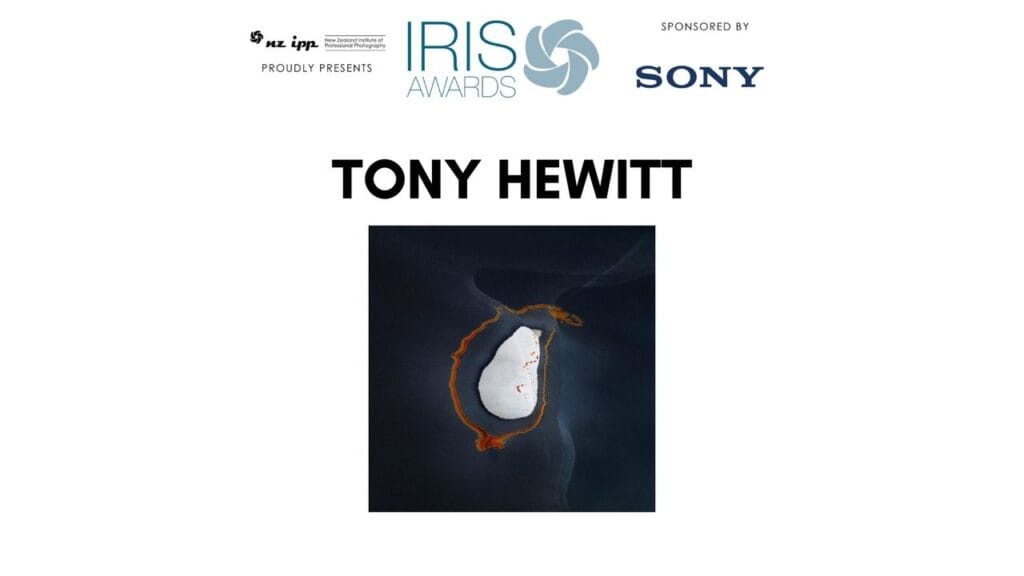
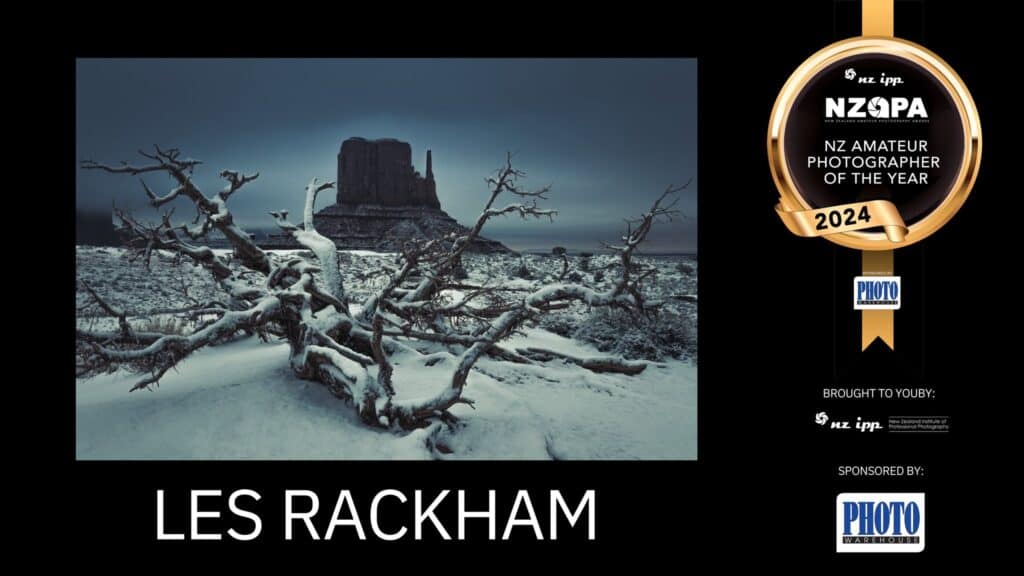
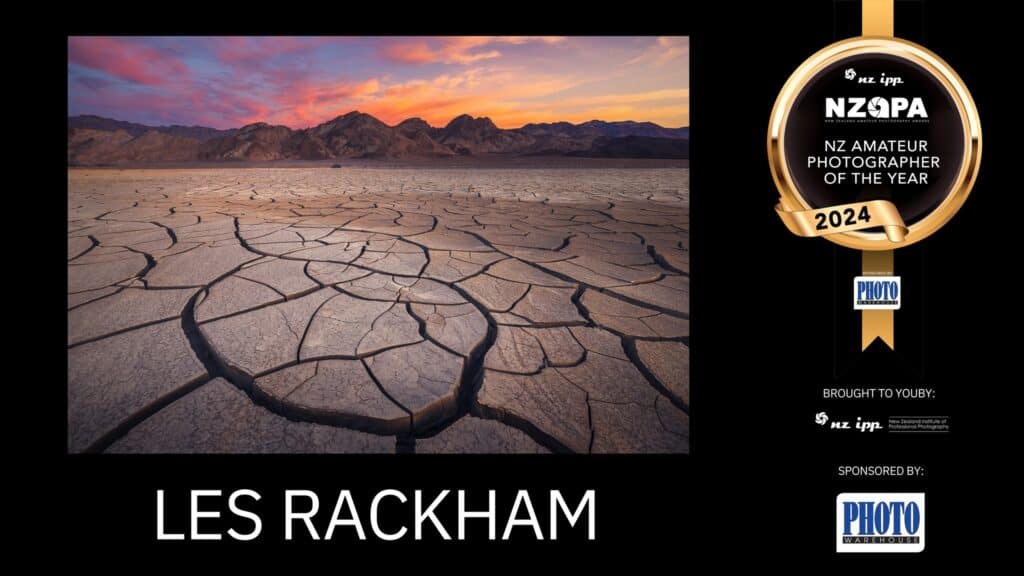
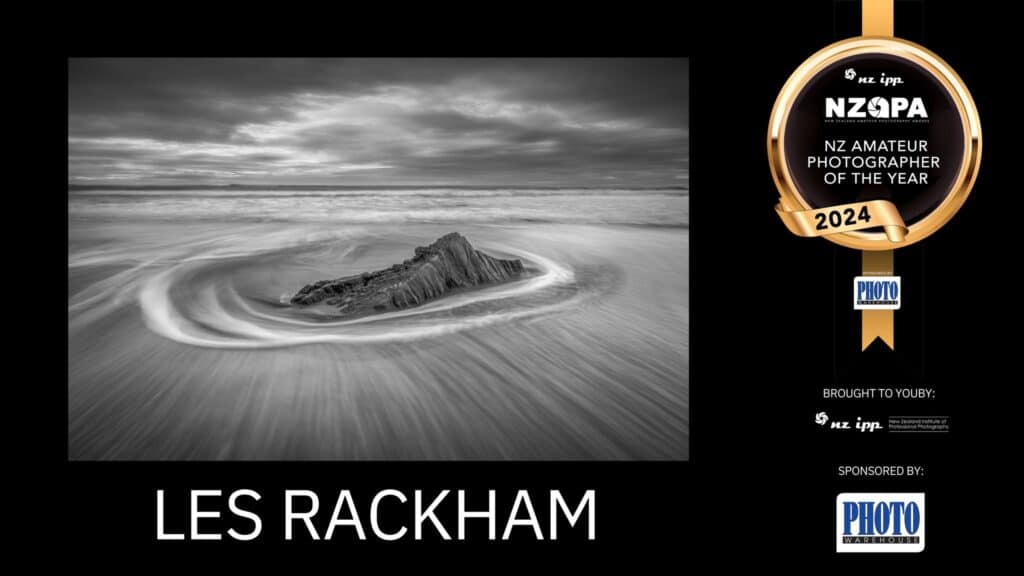
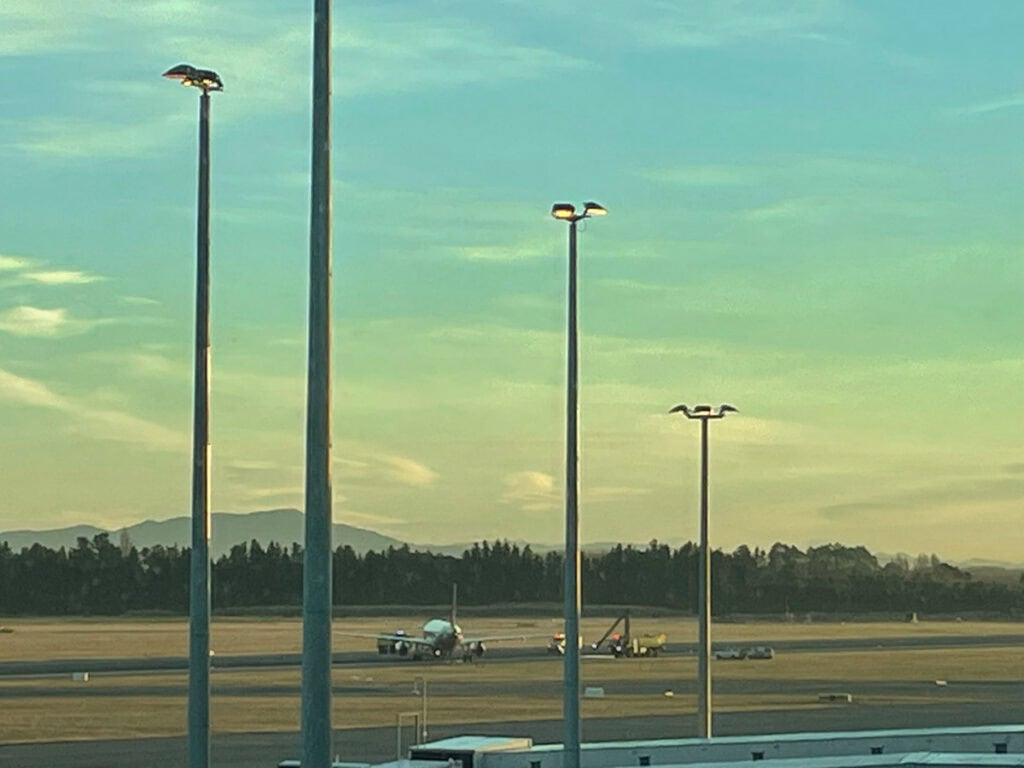
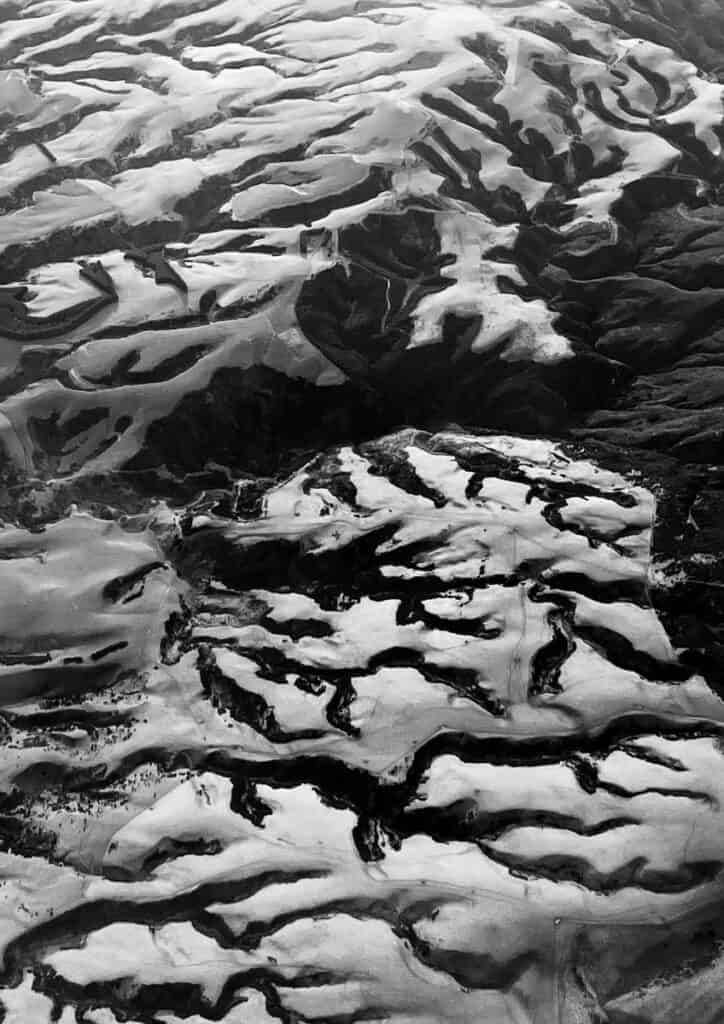
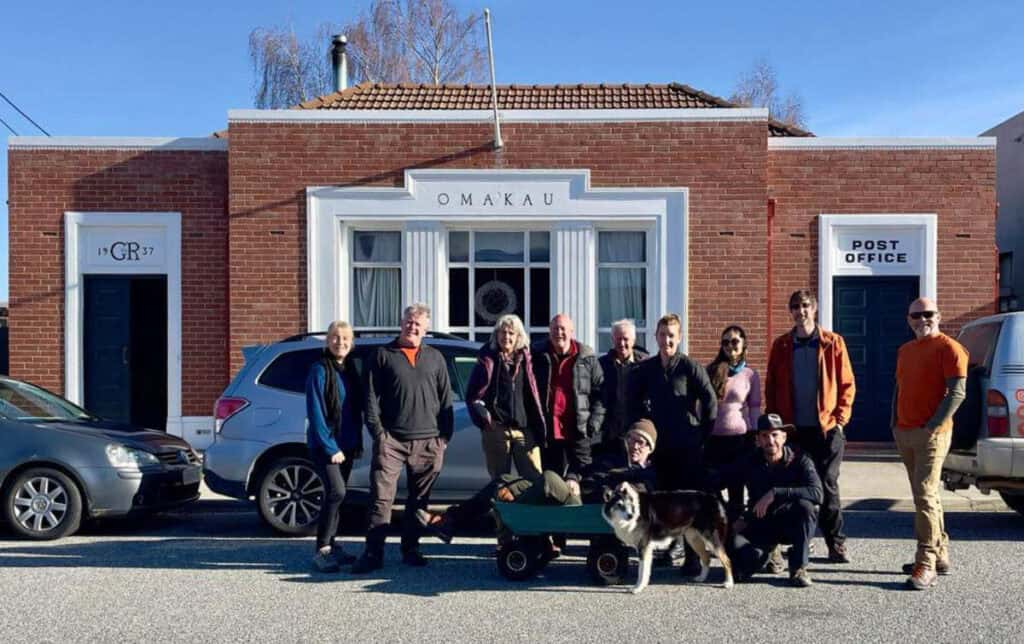
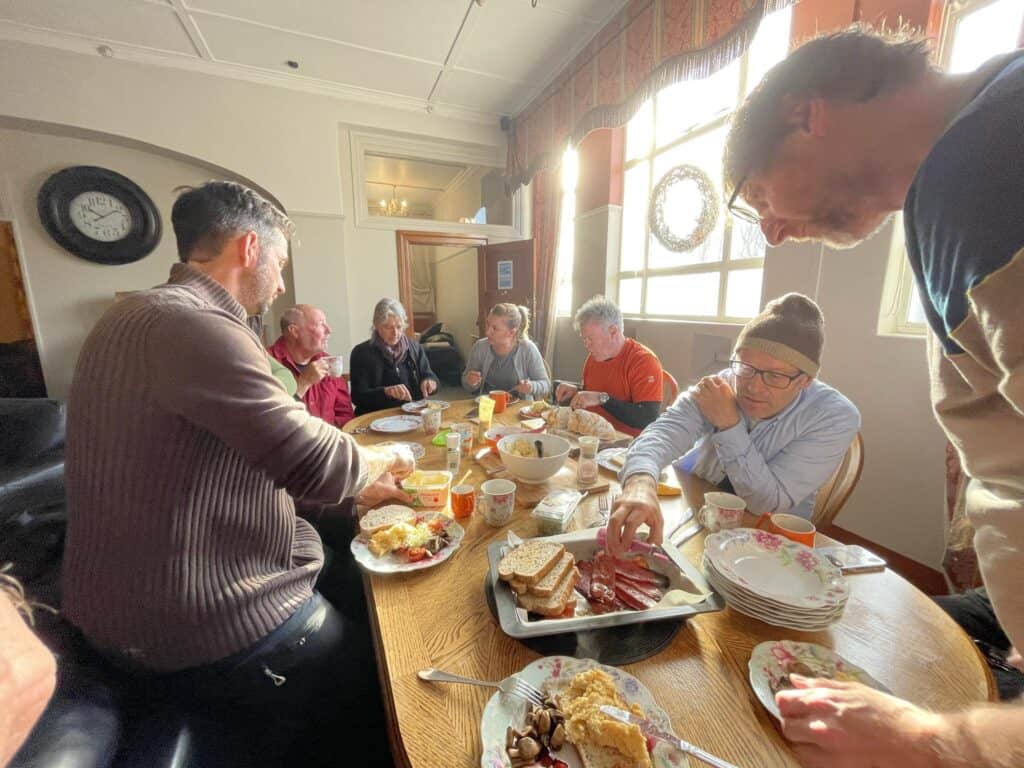
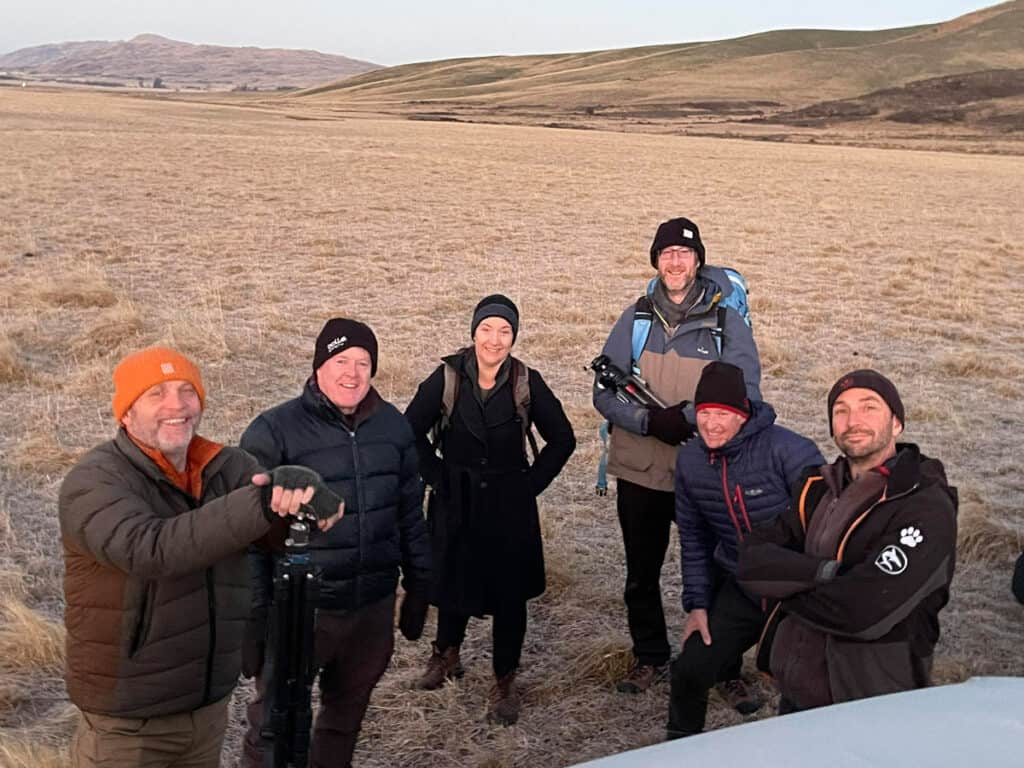 v
v